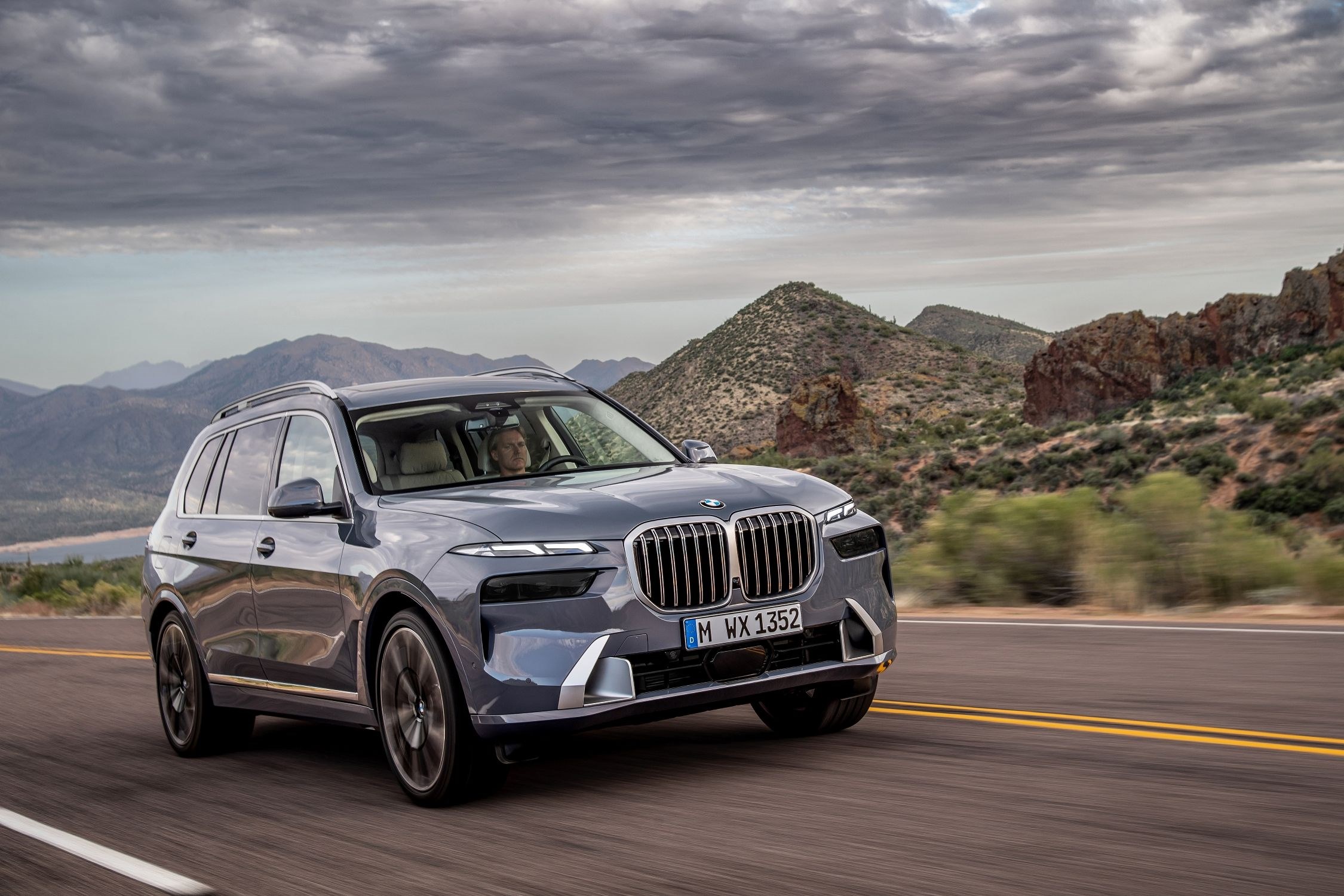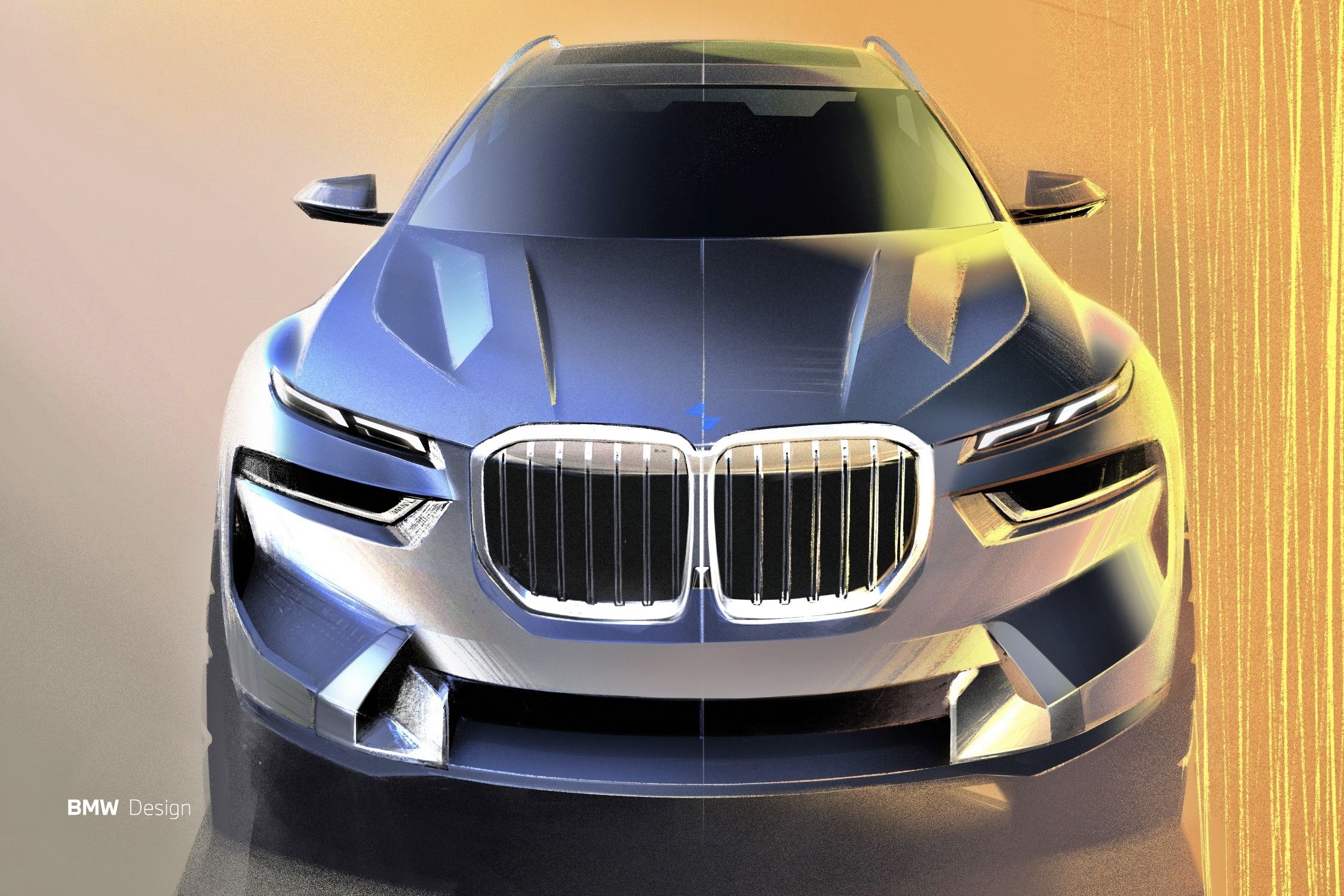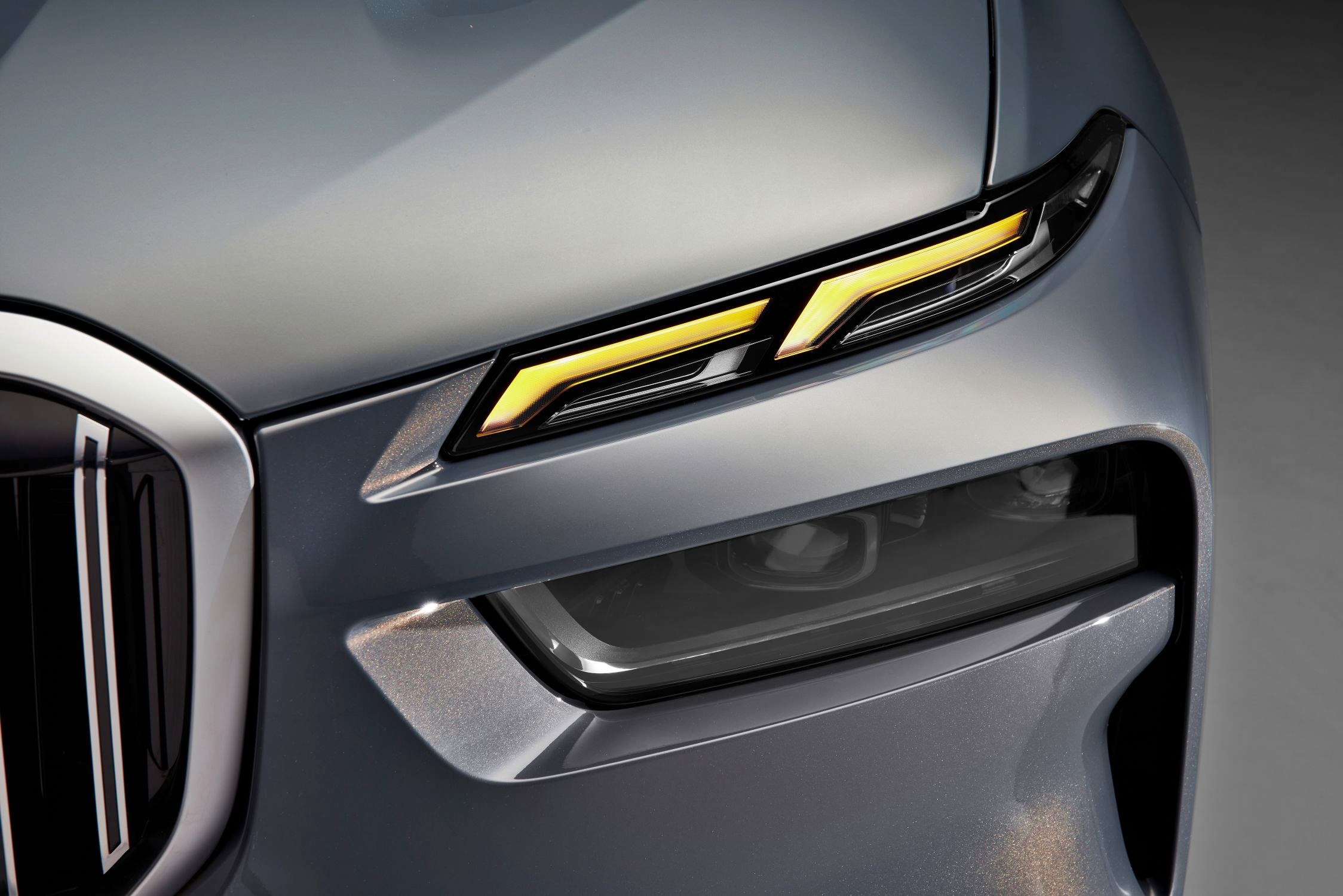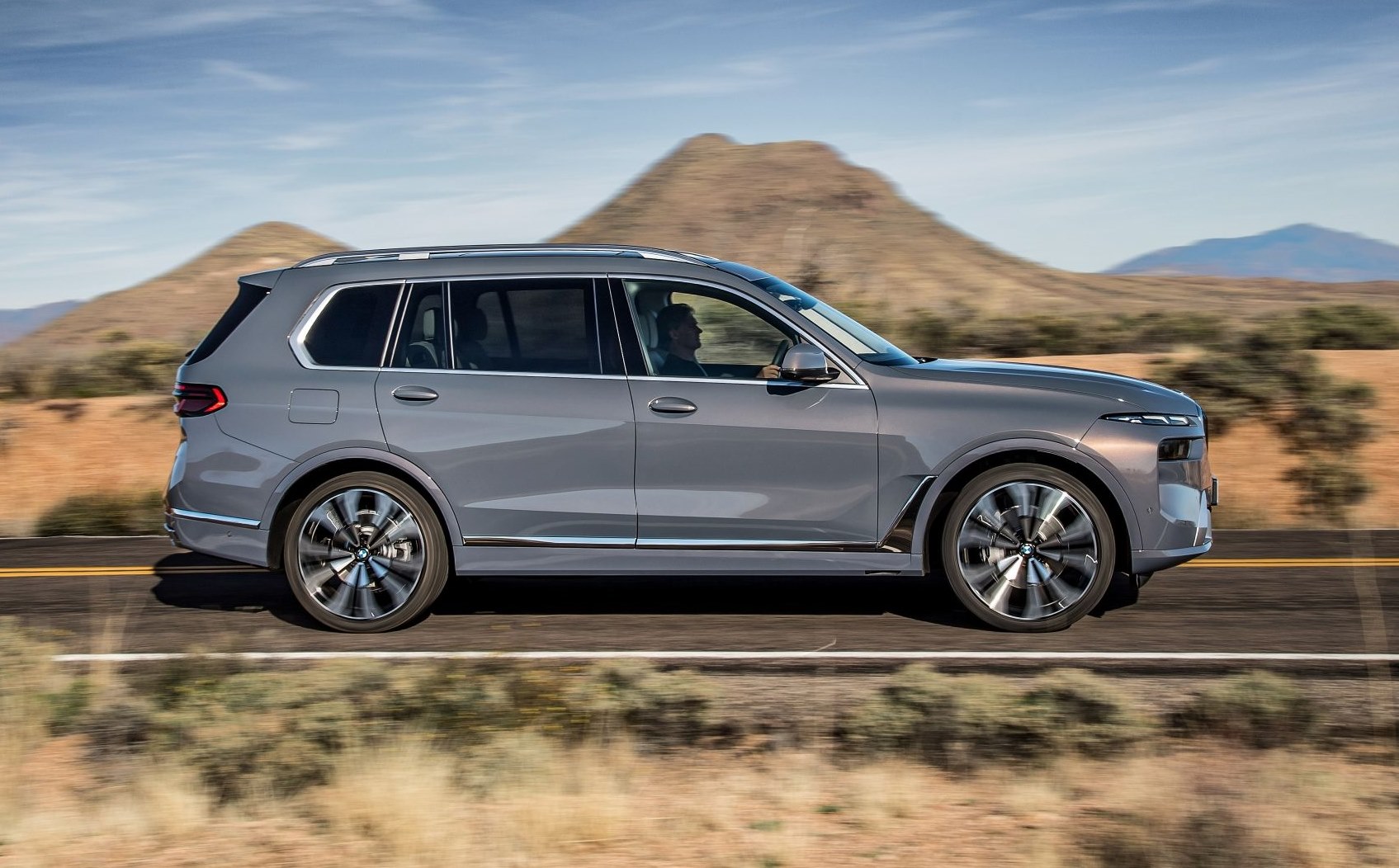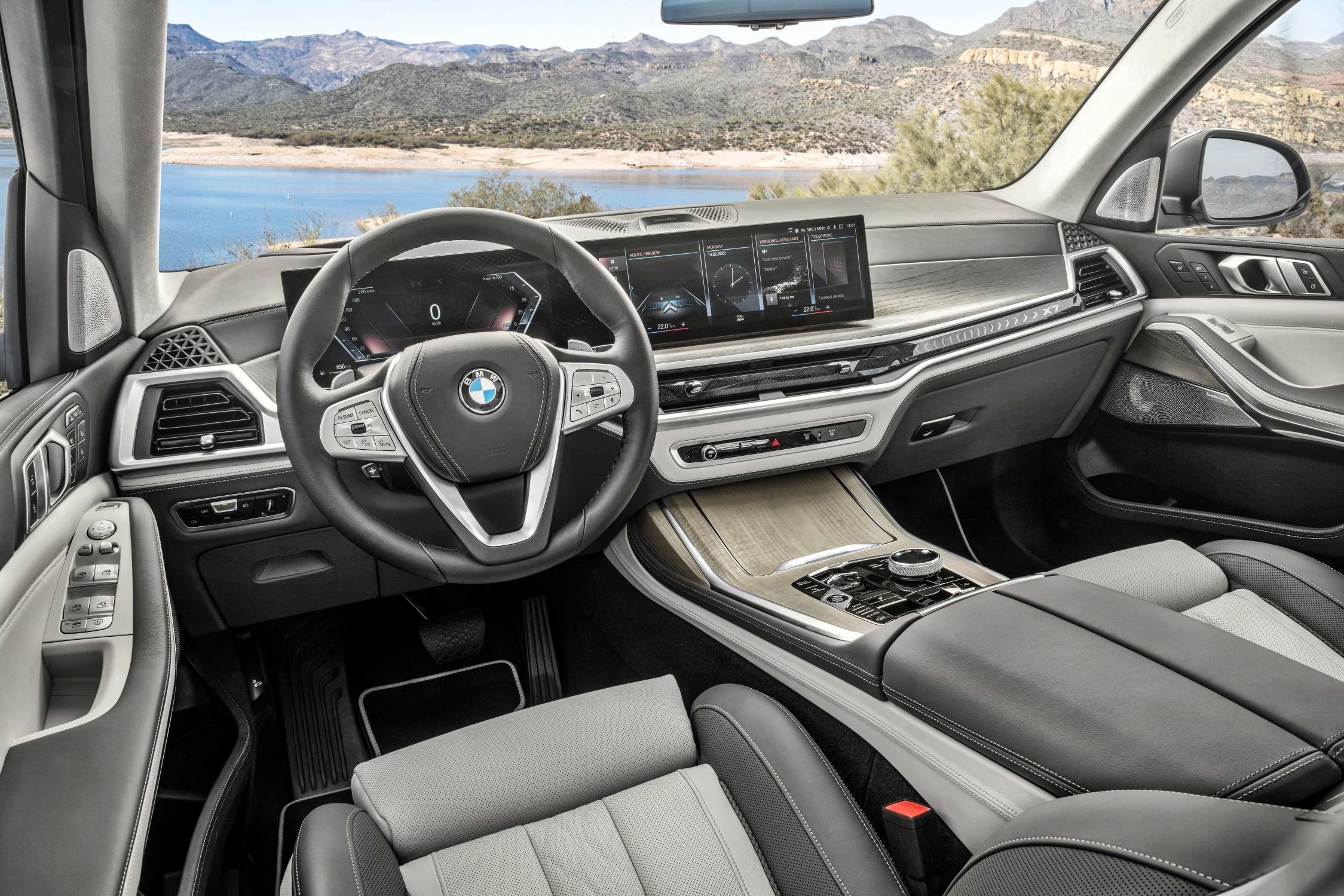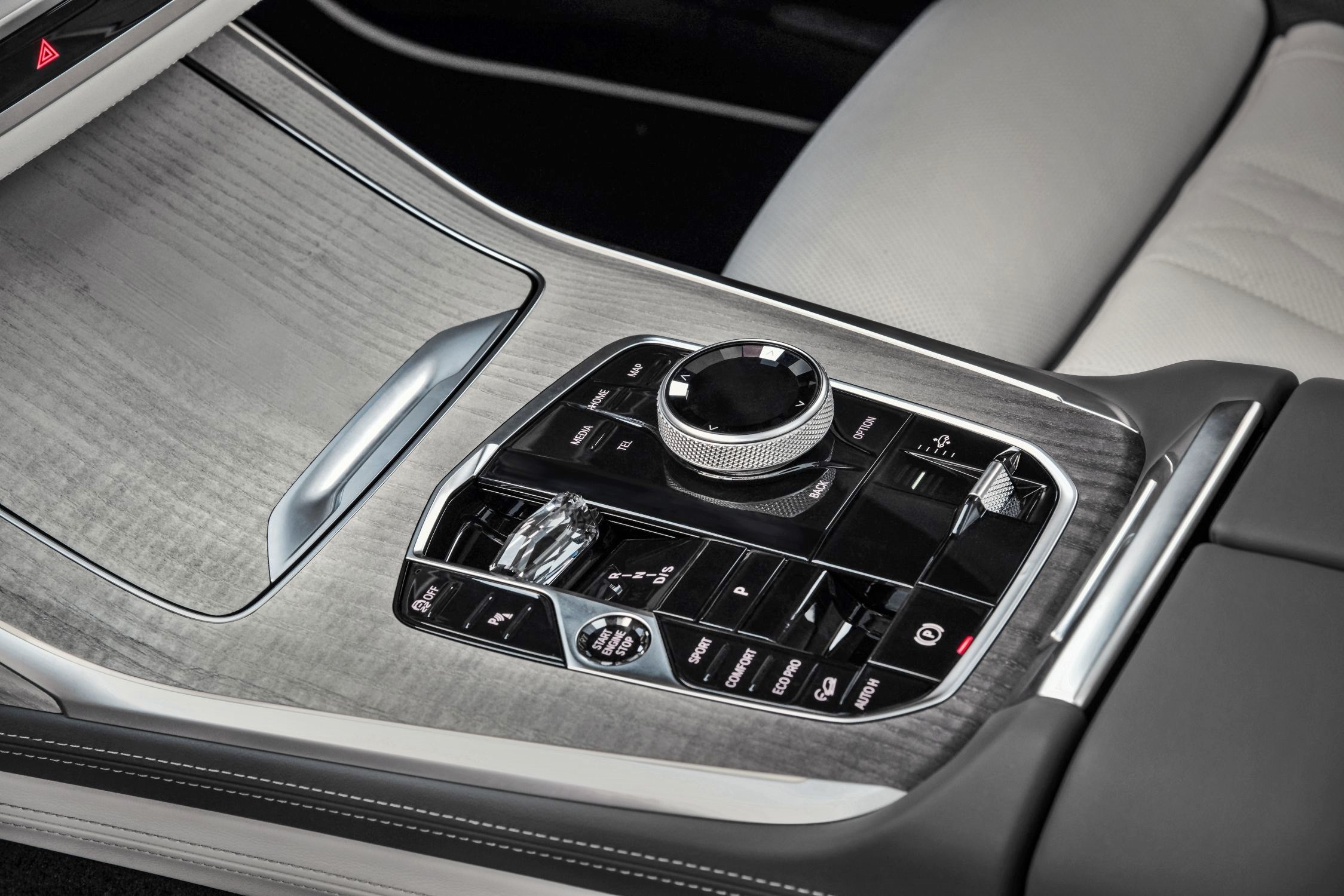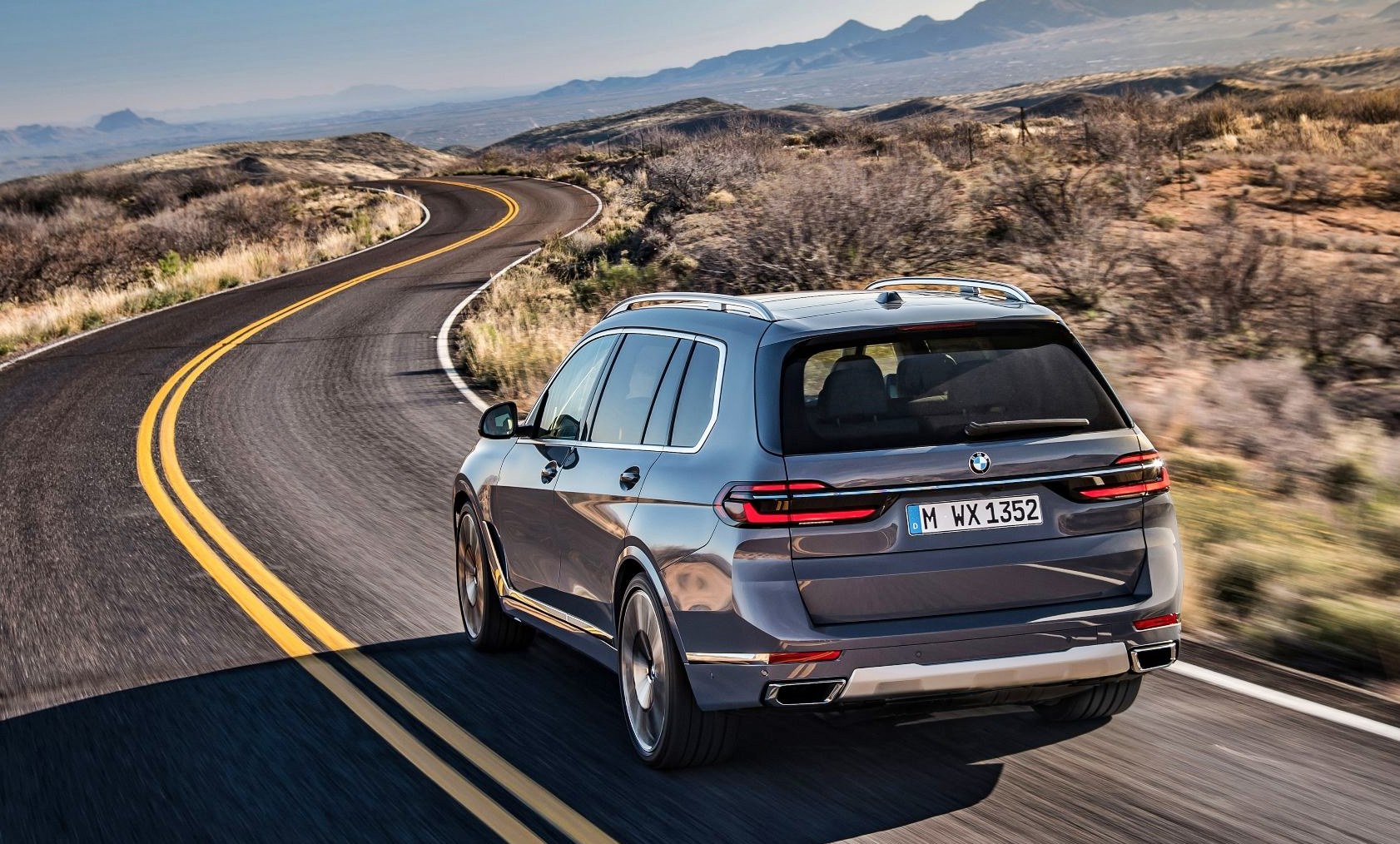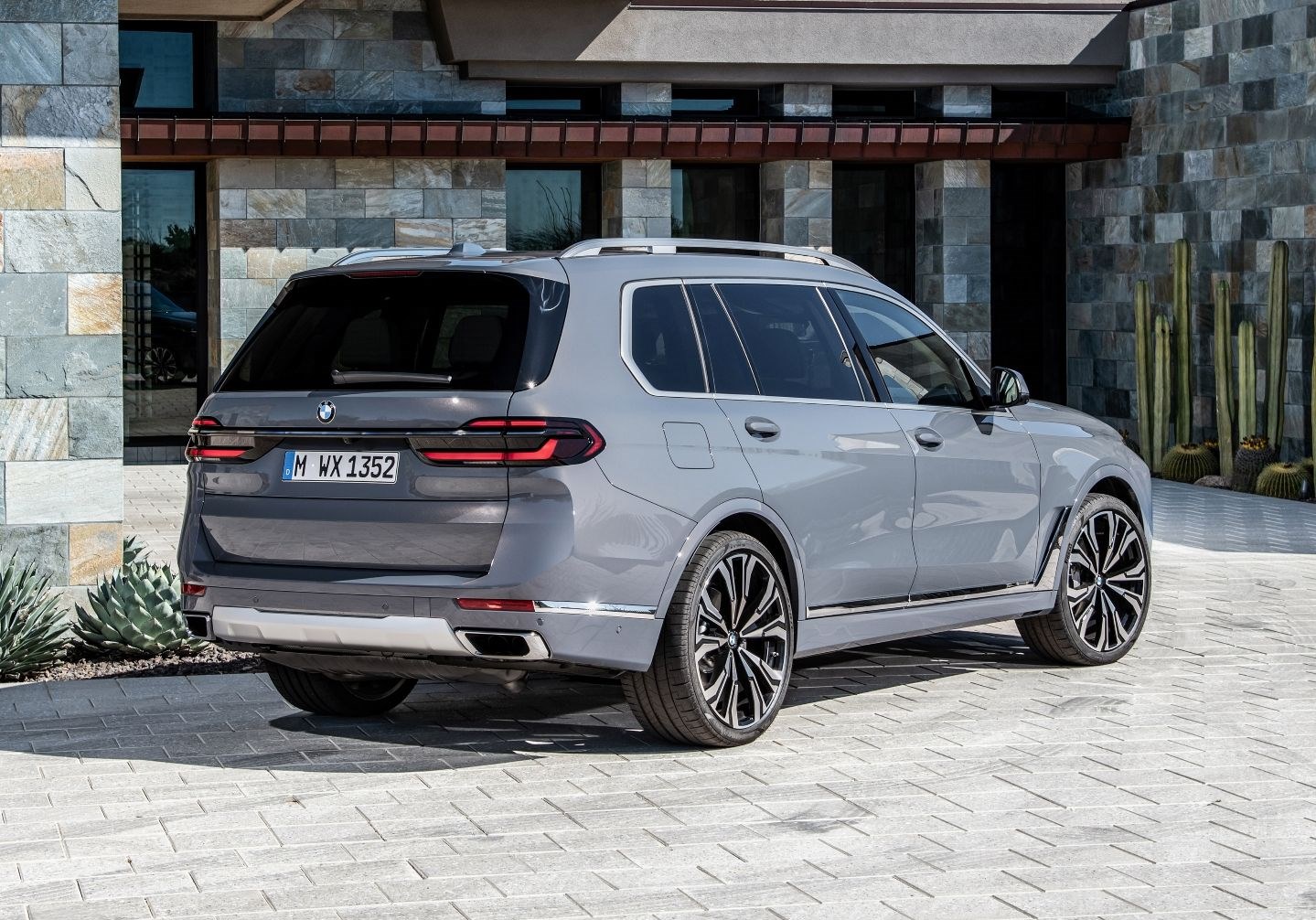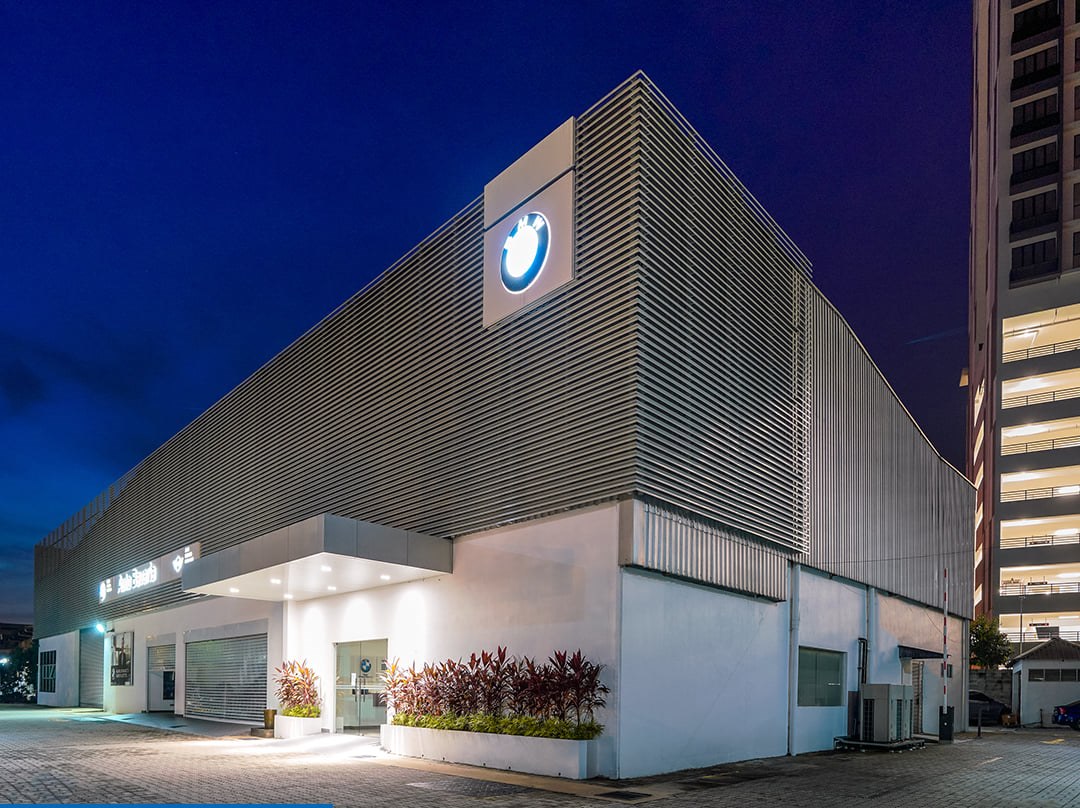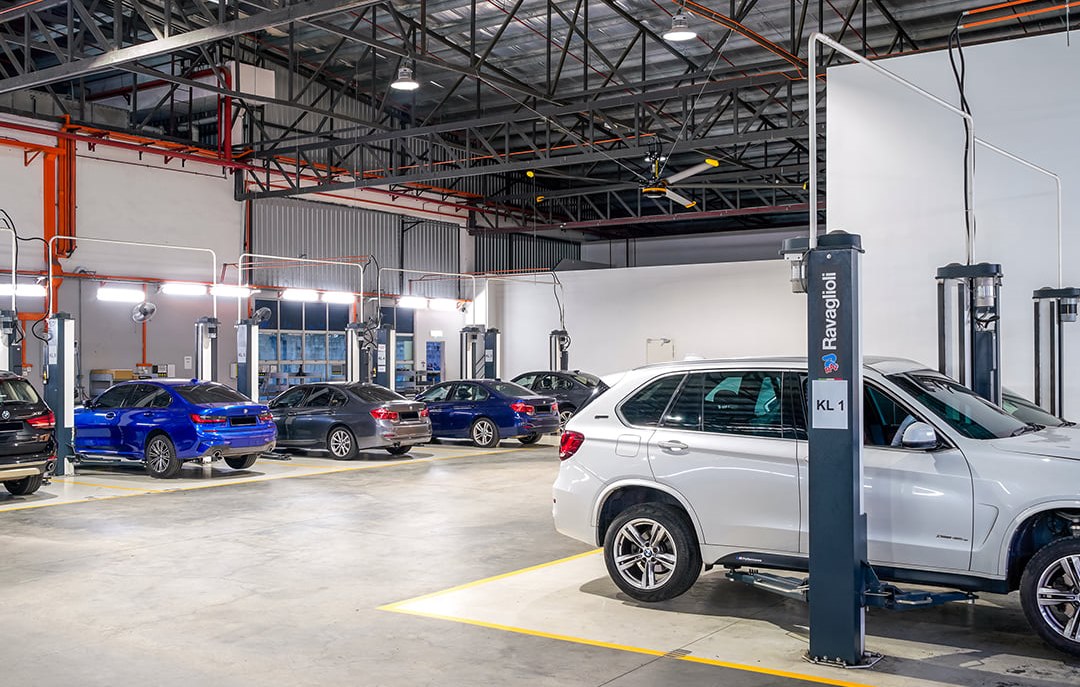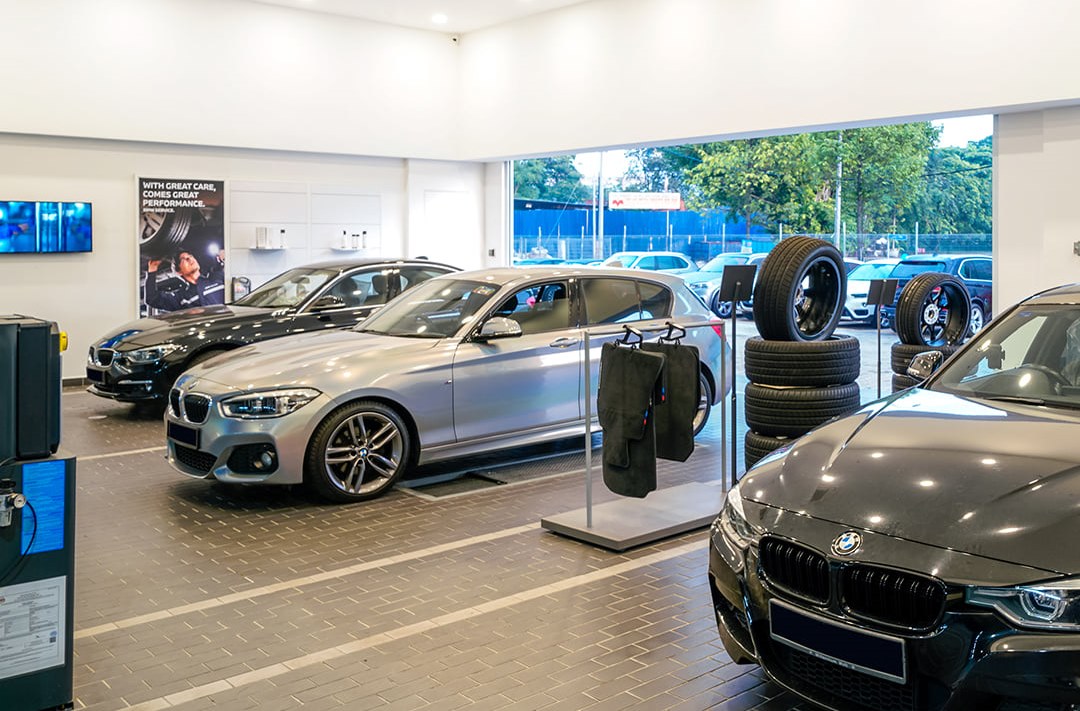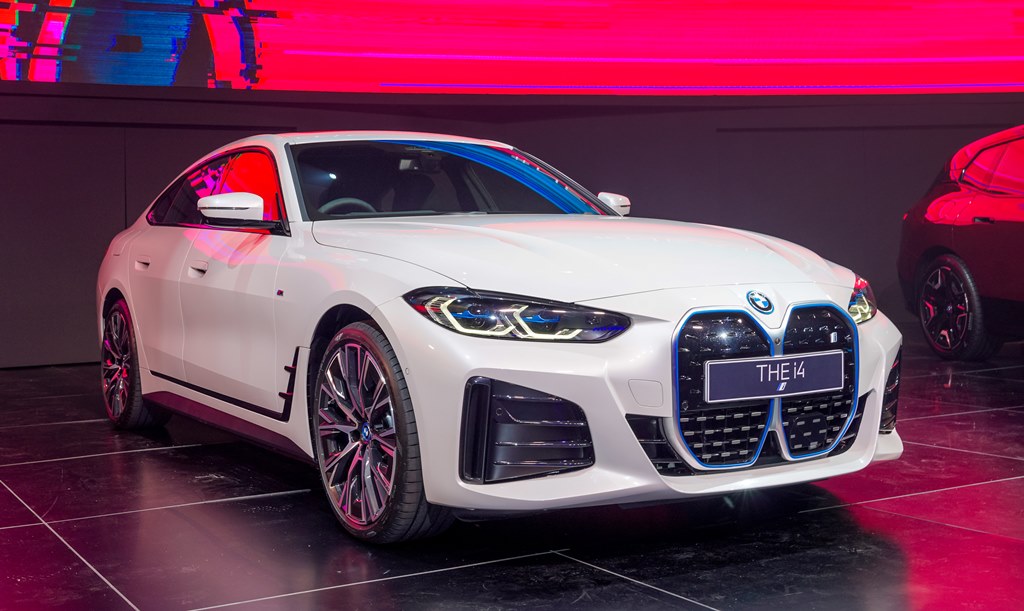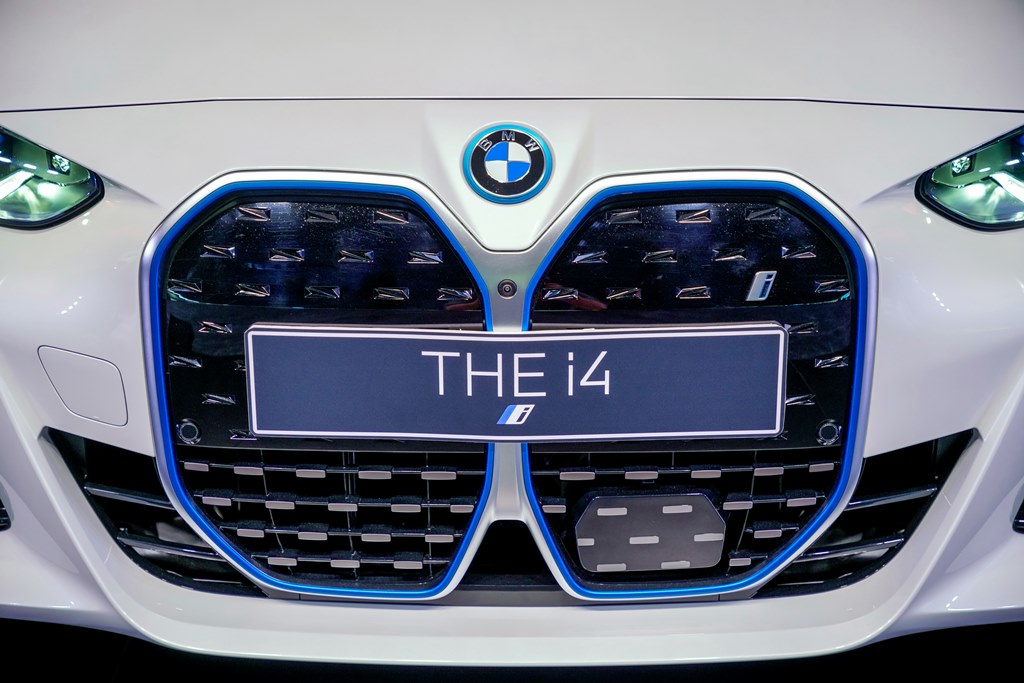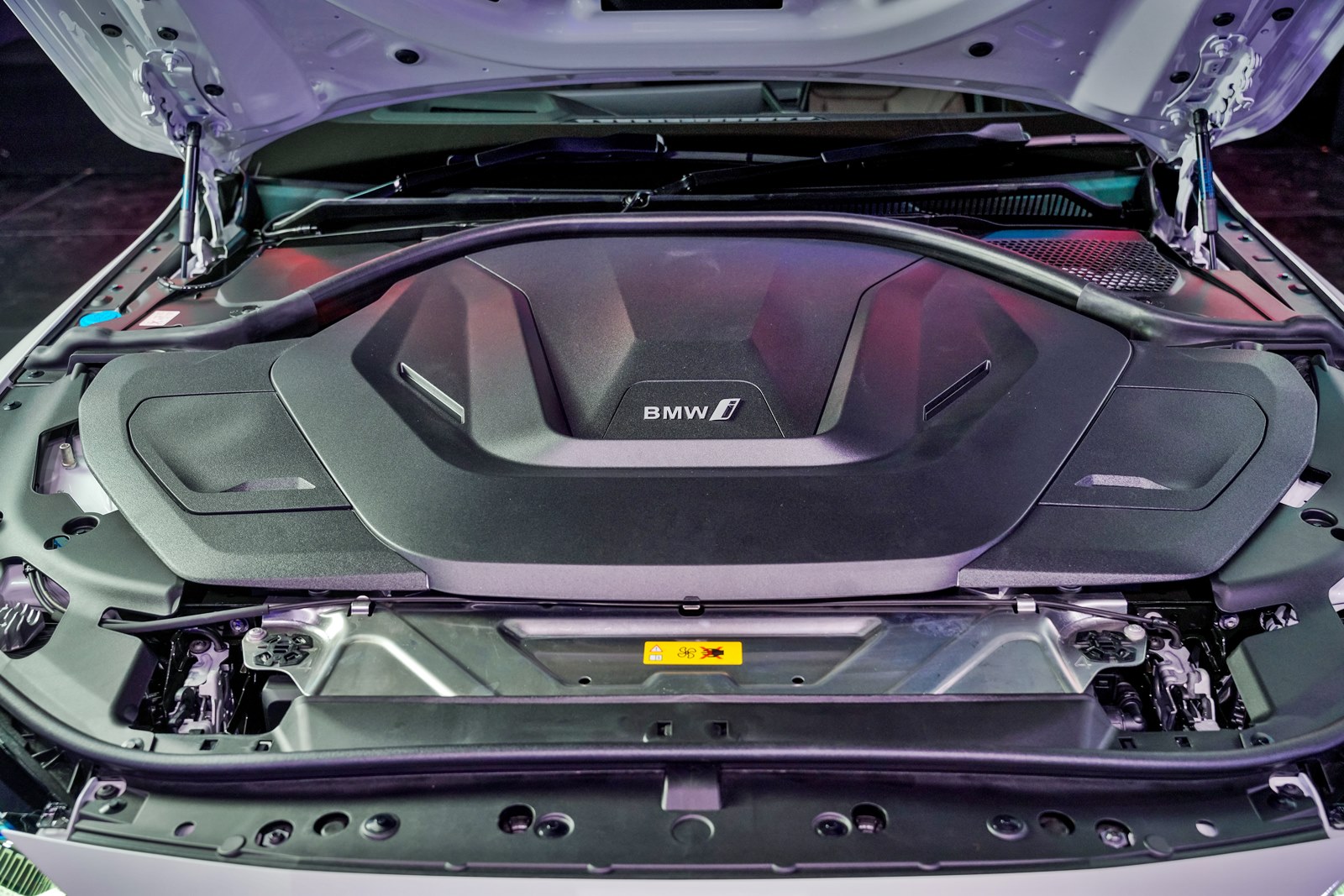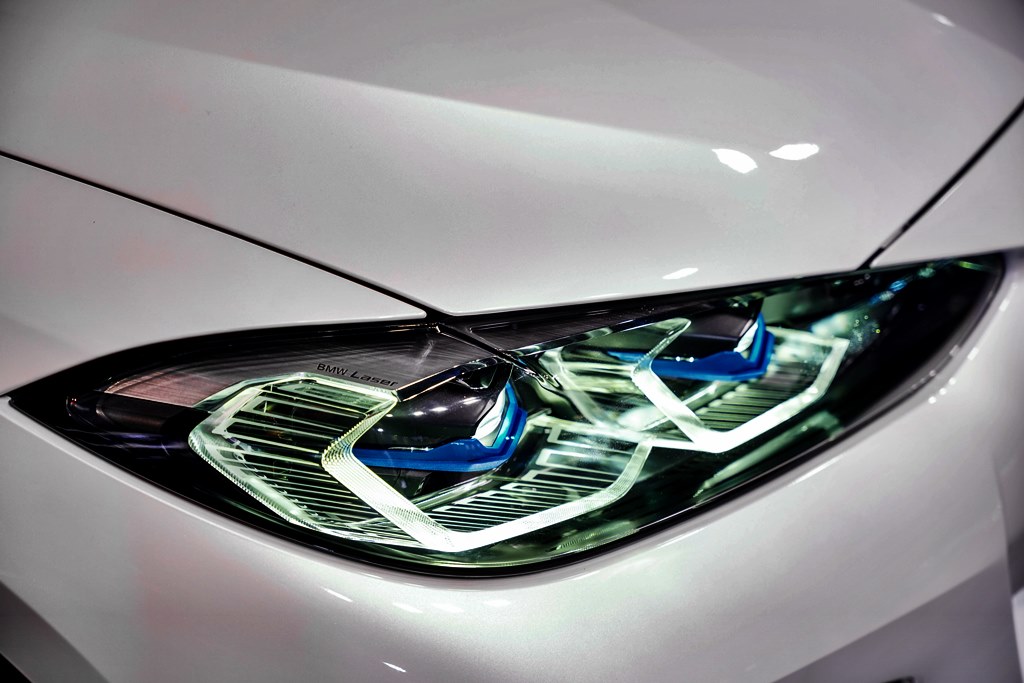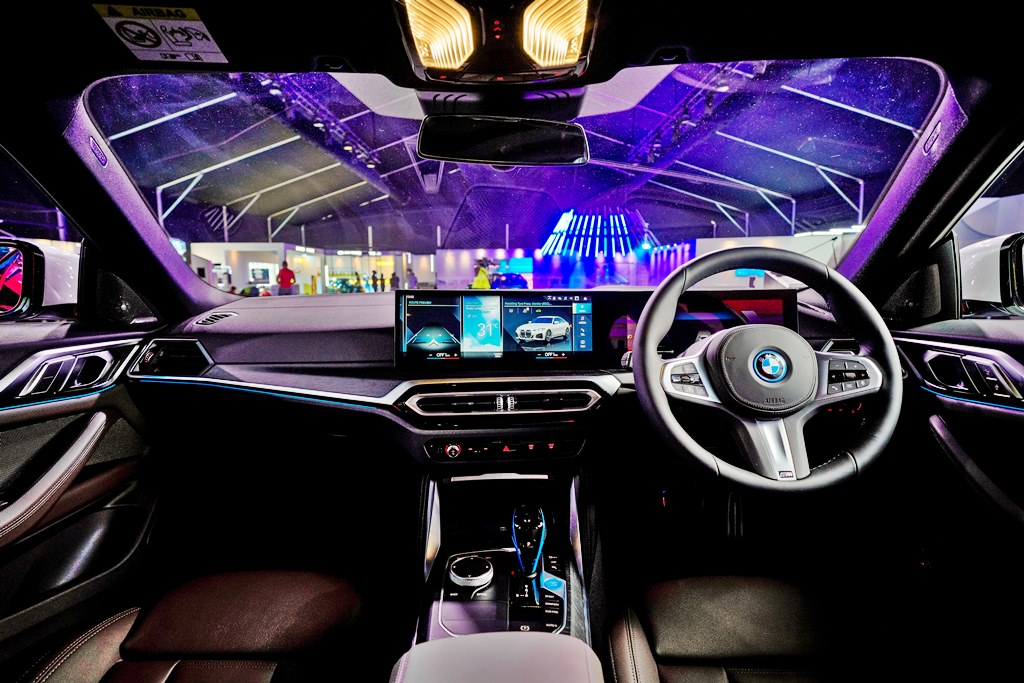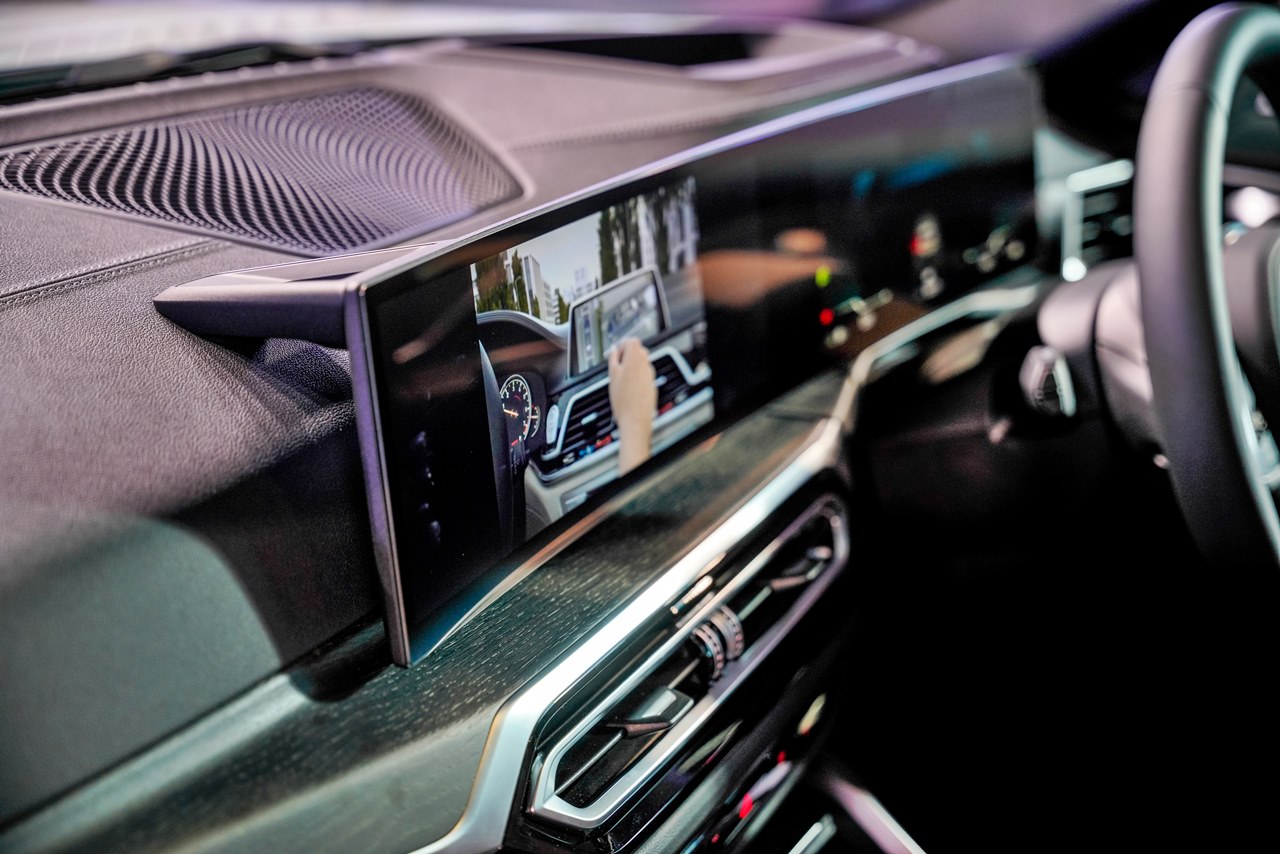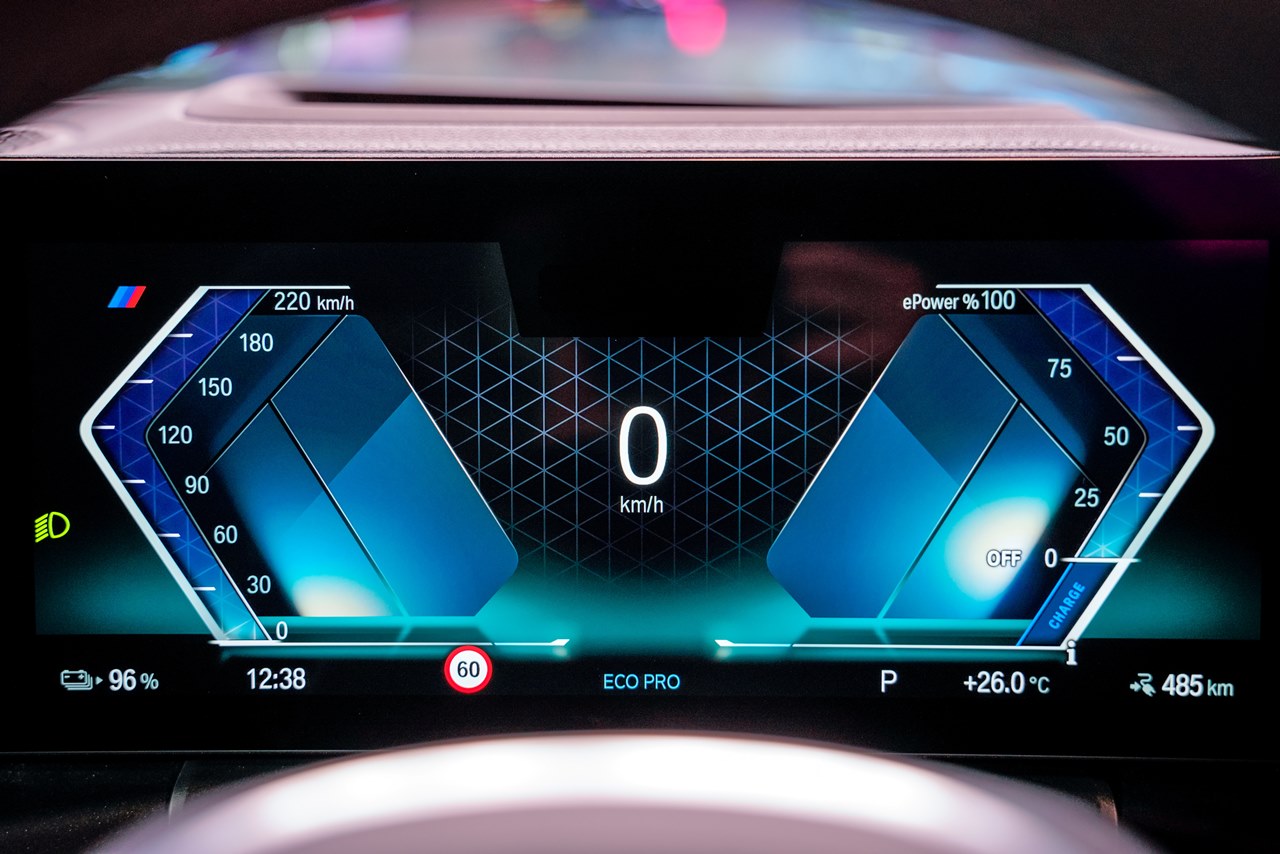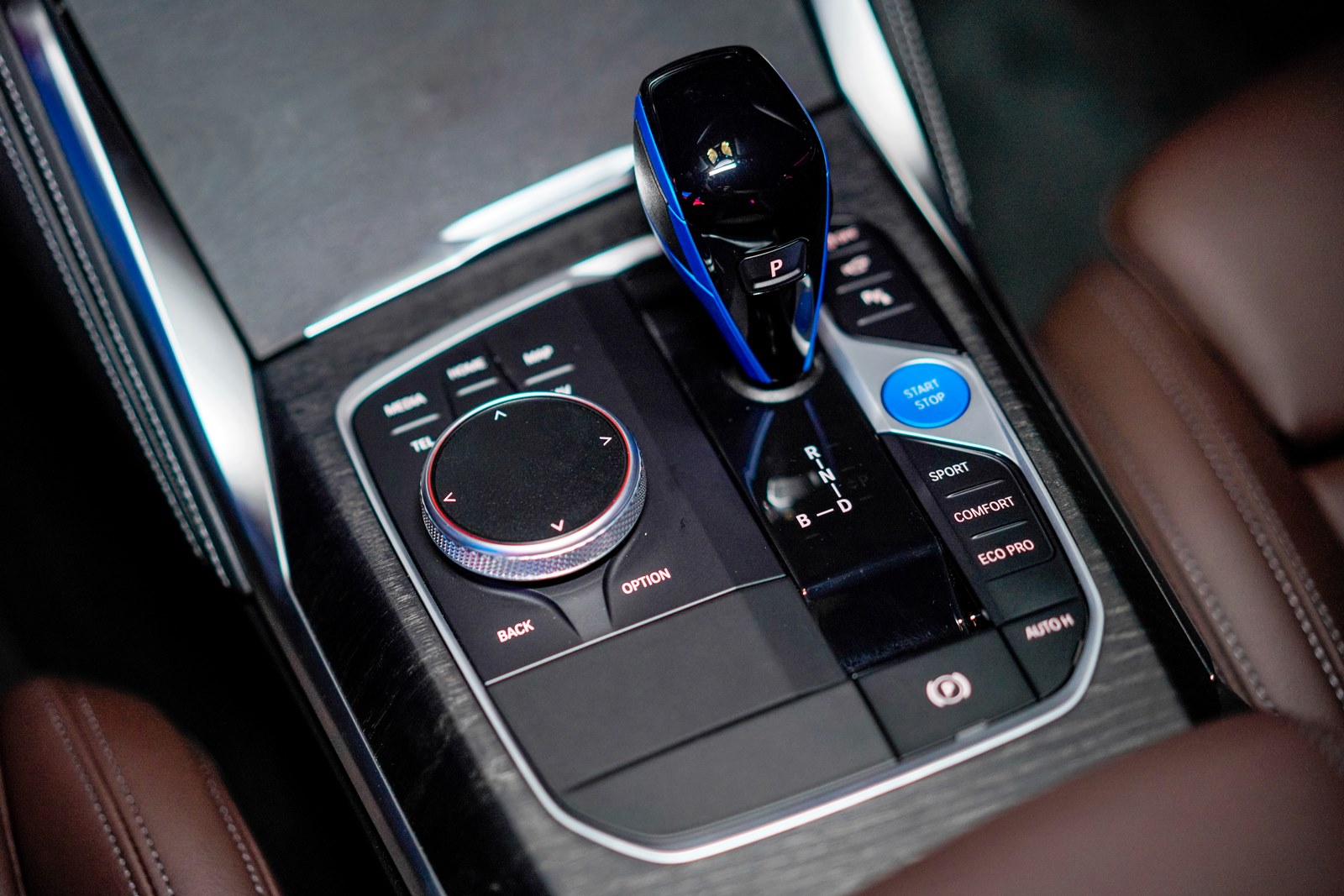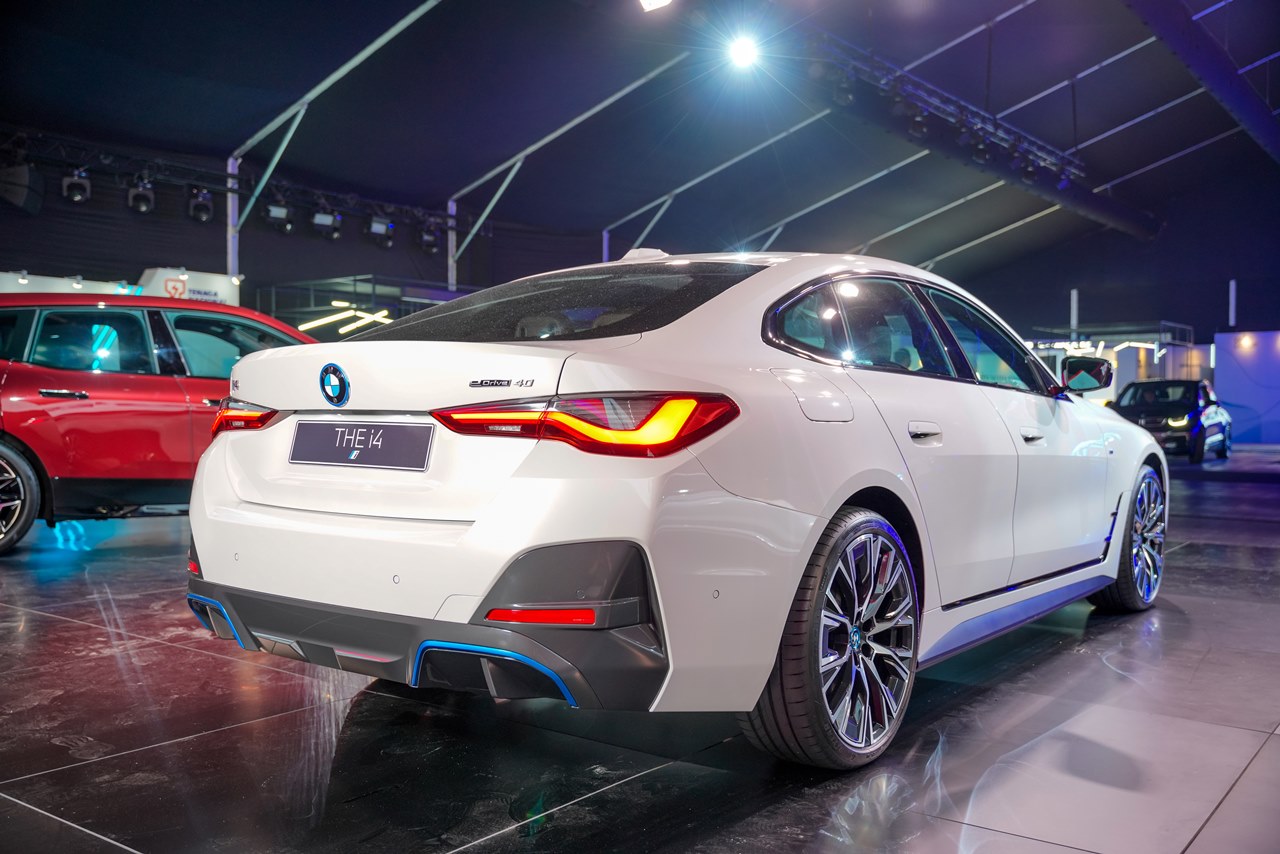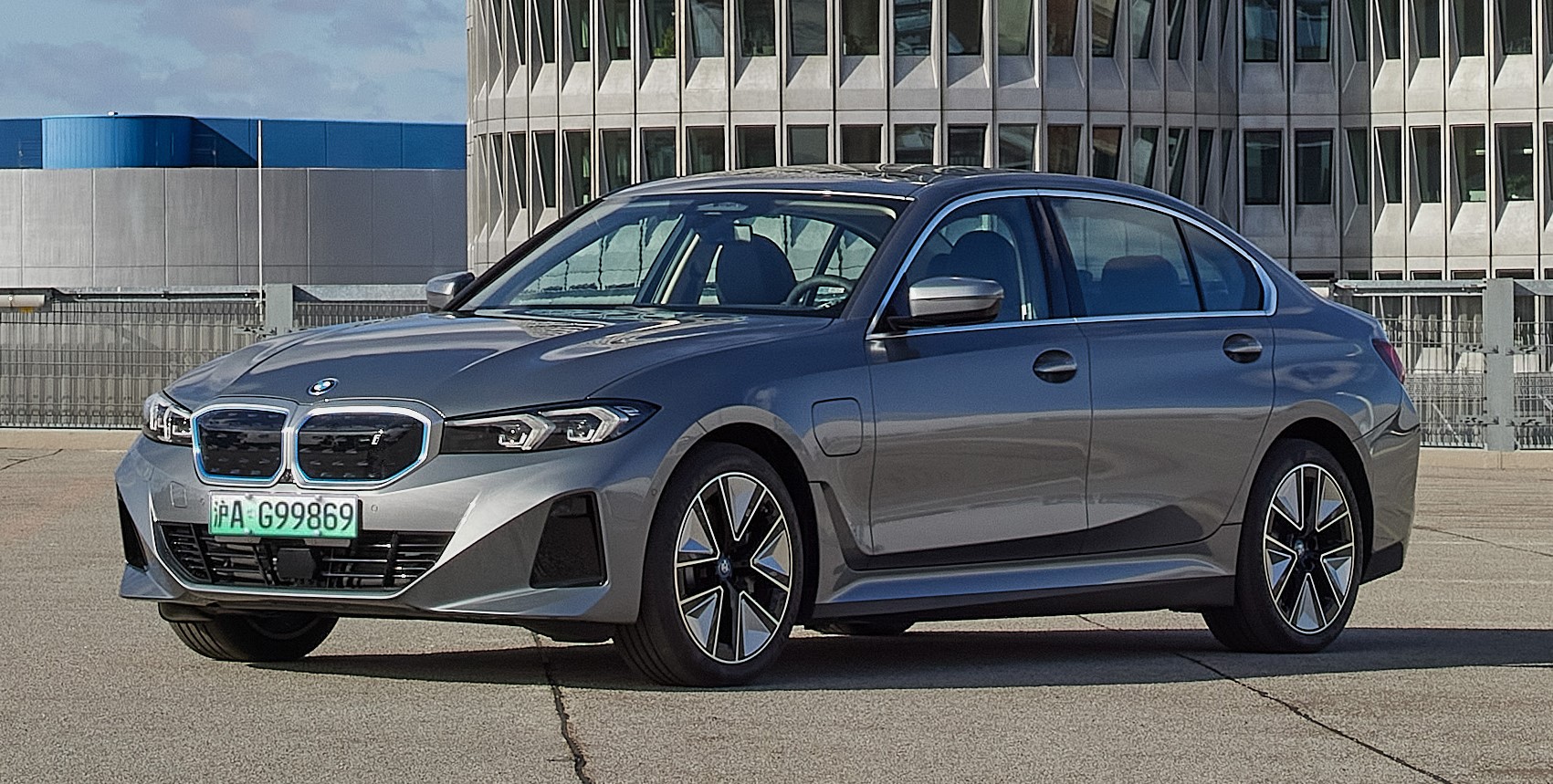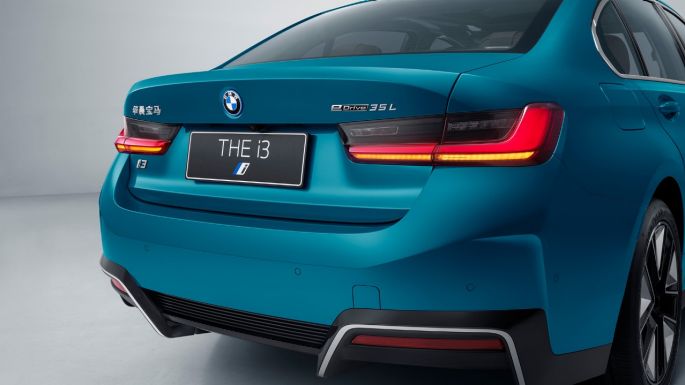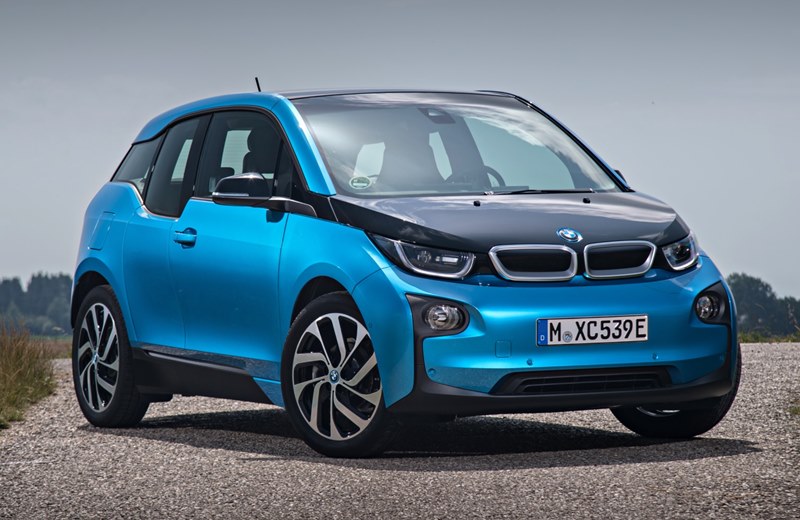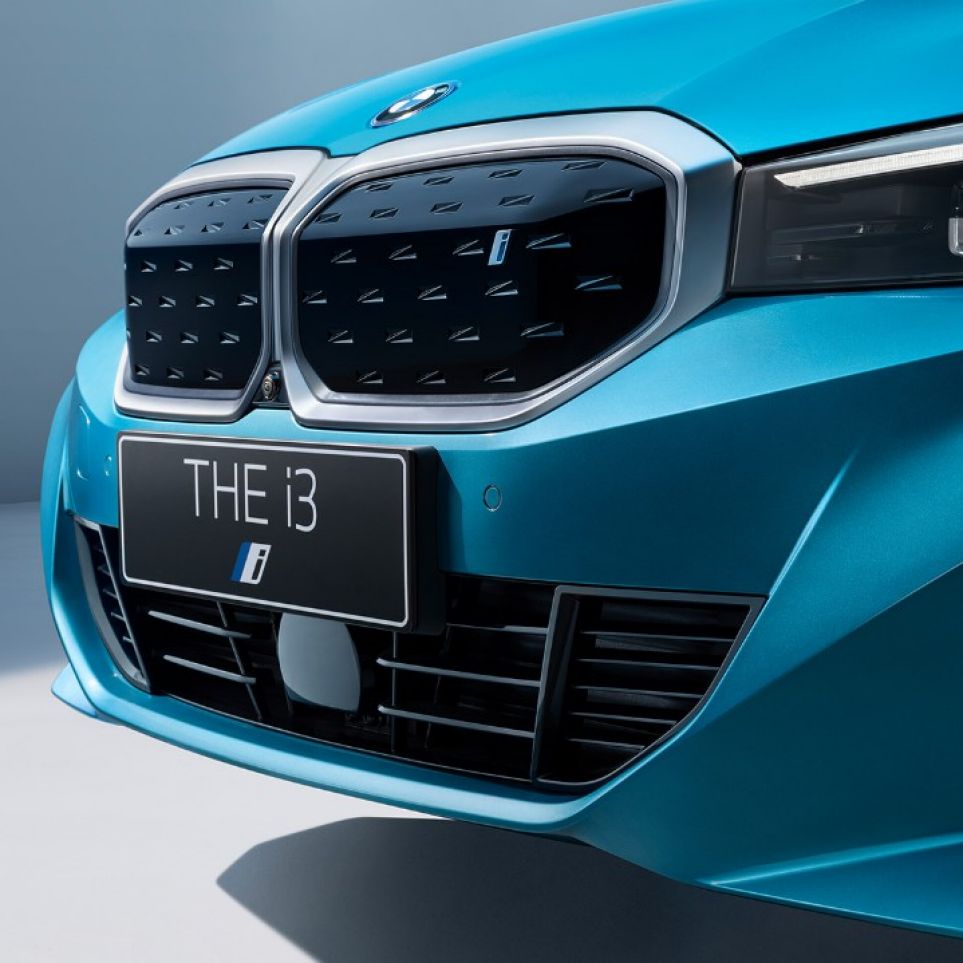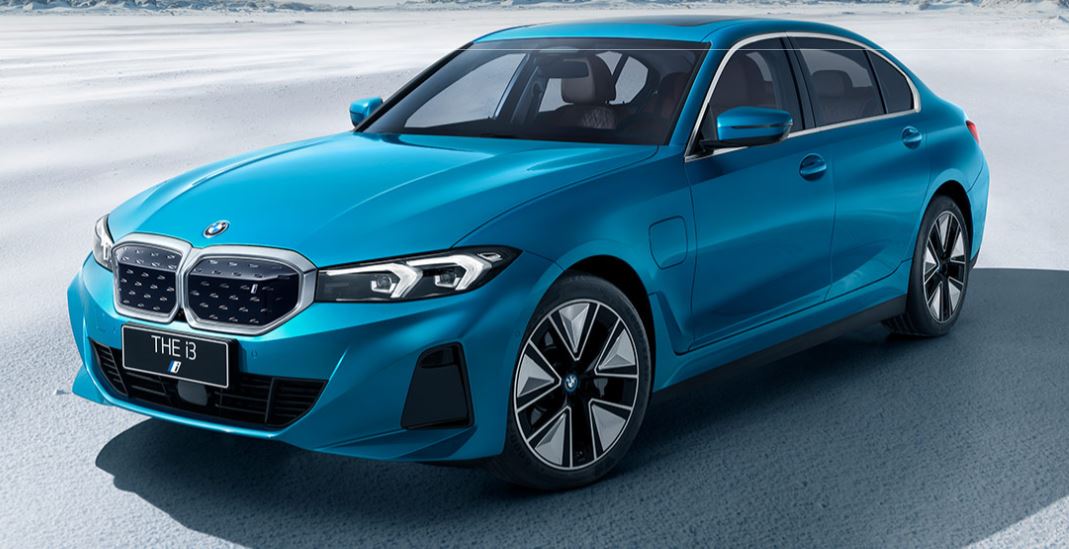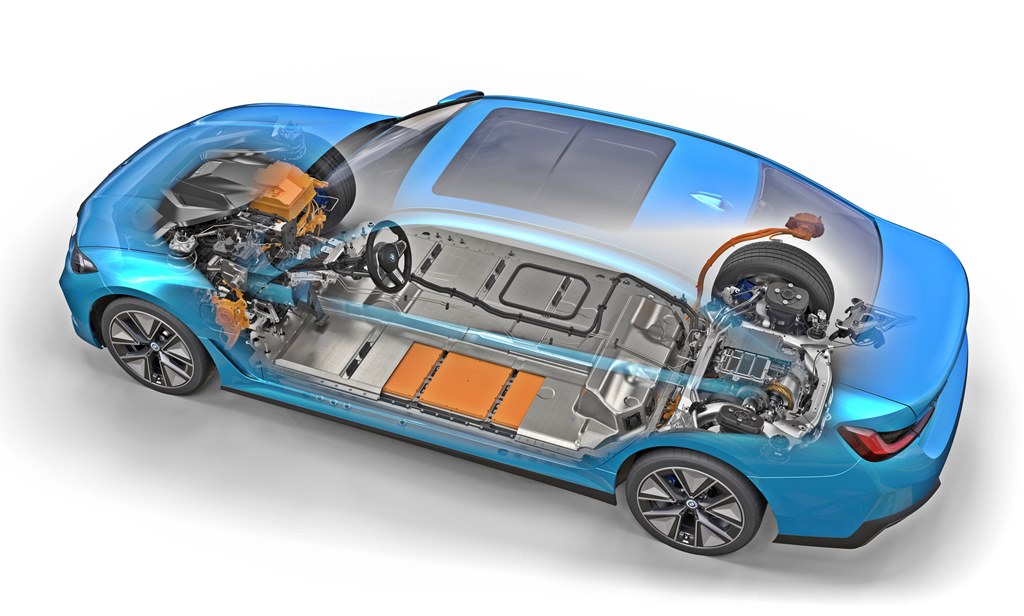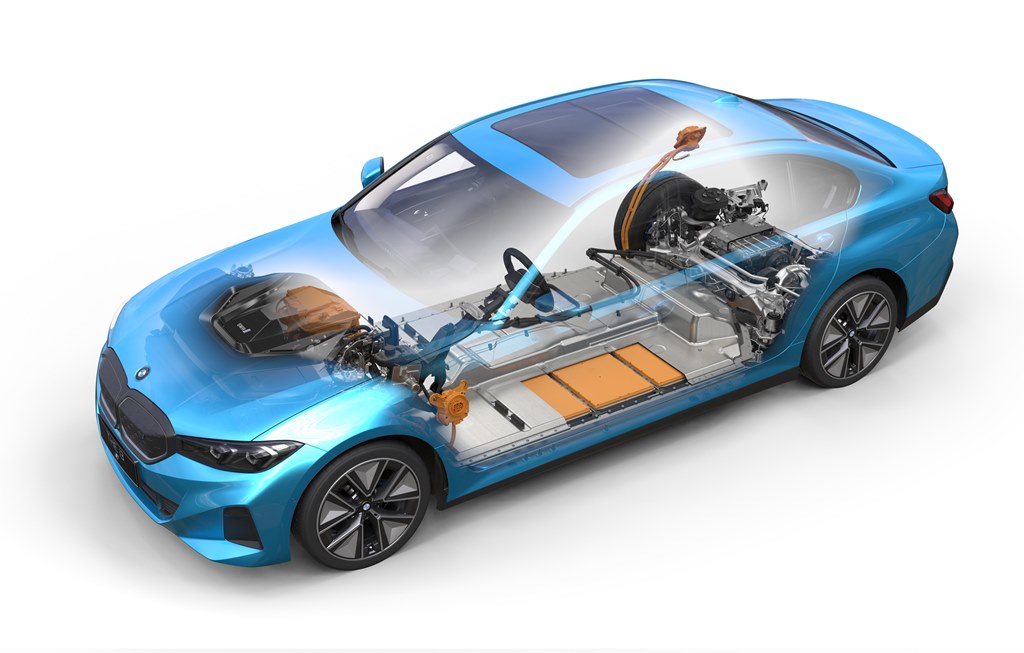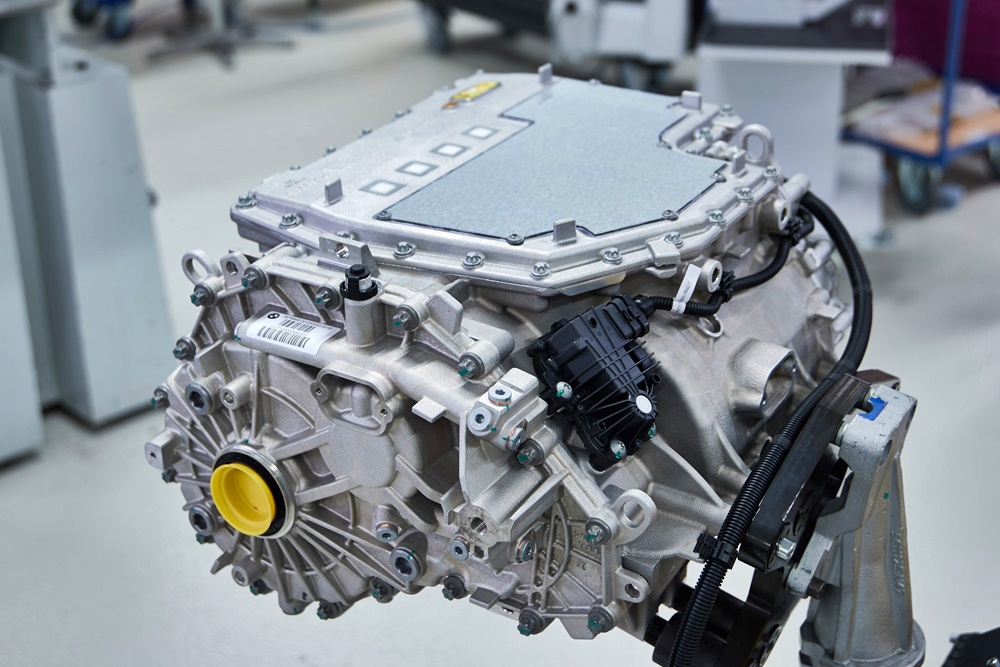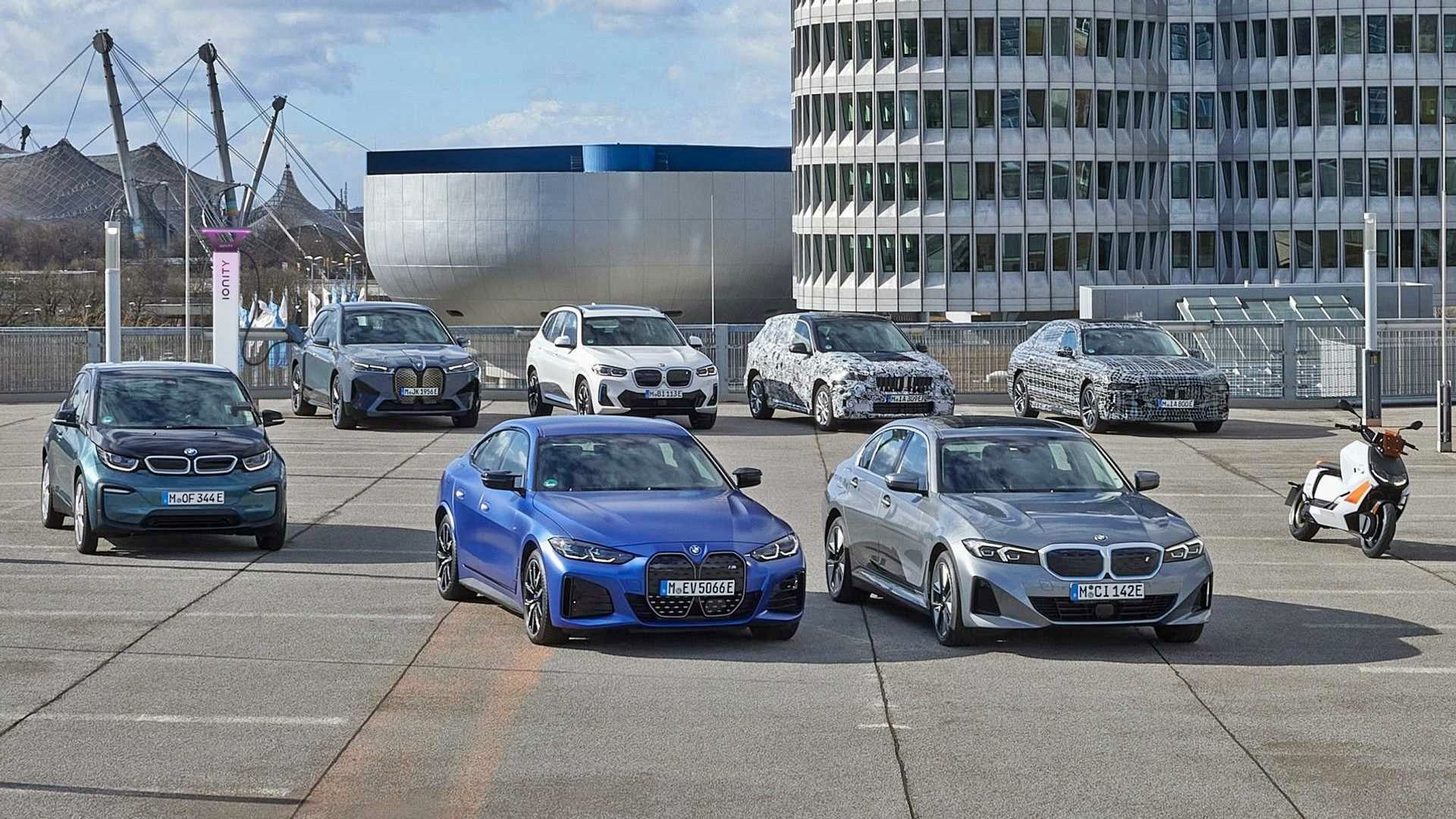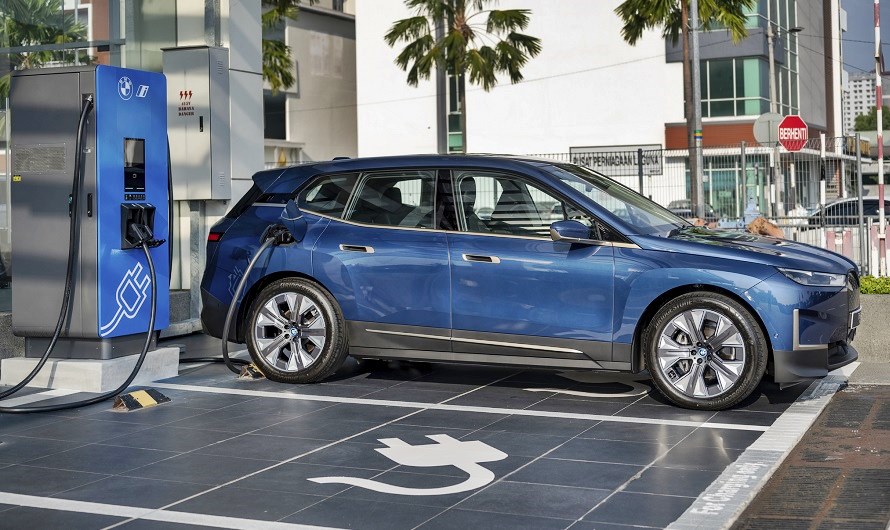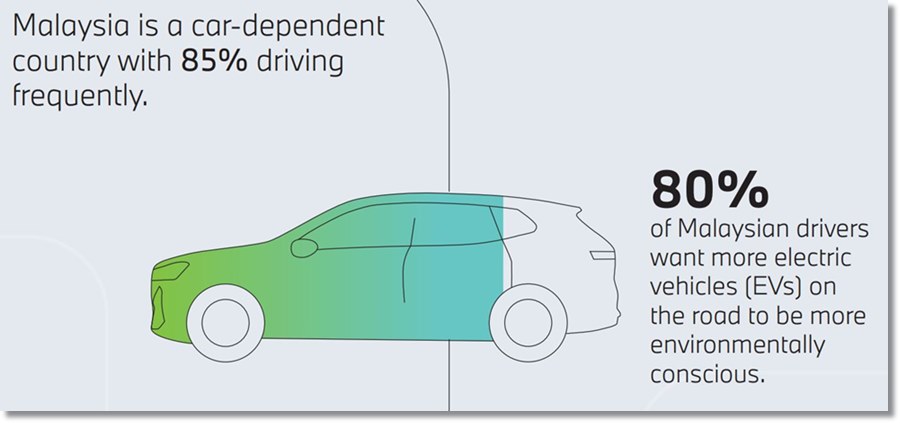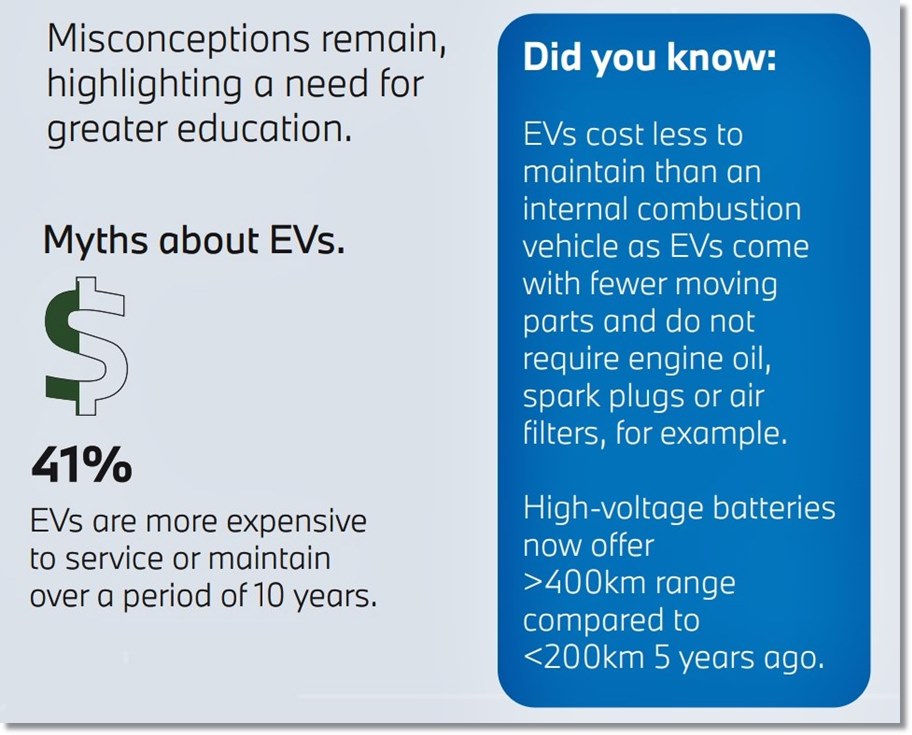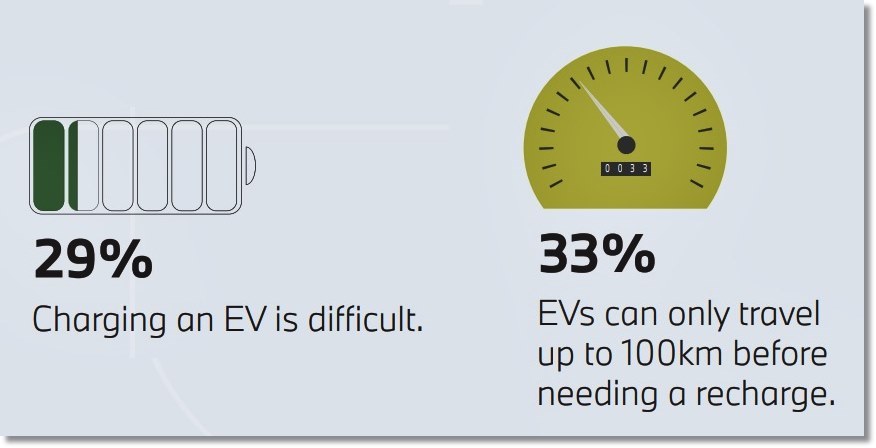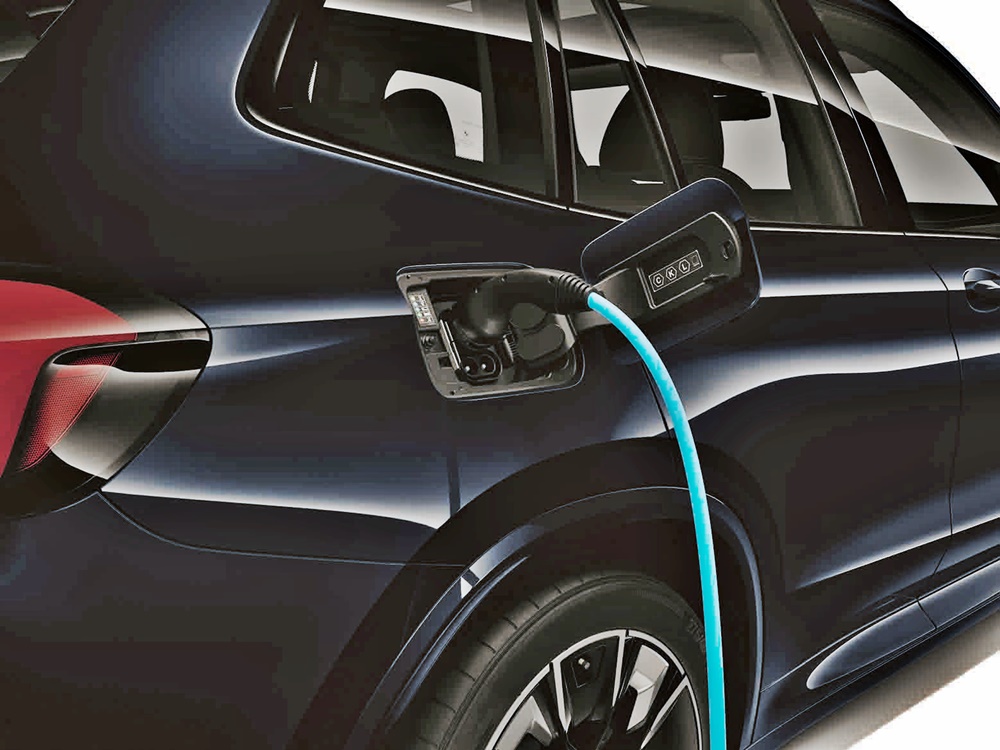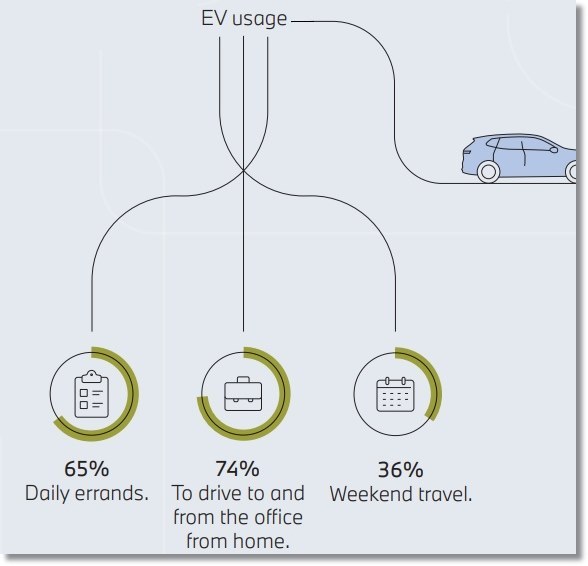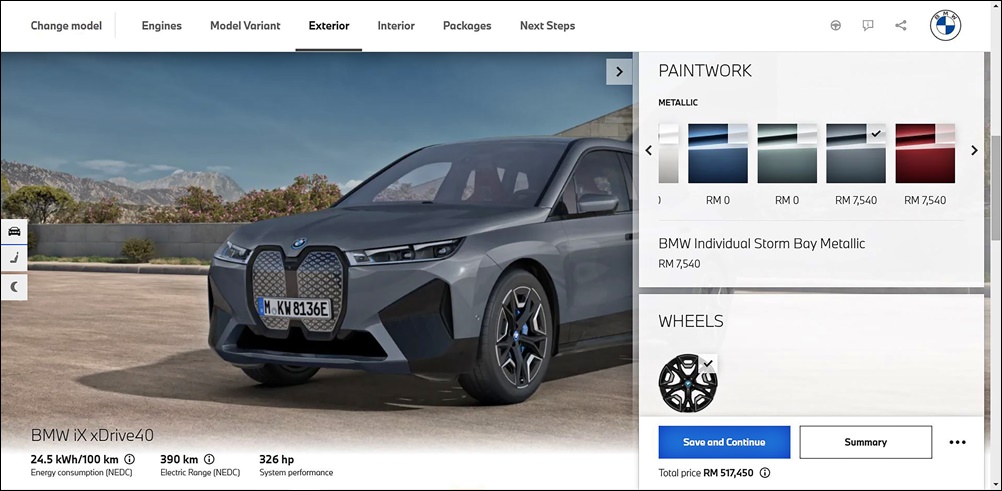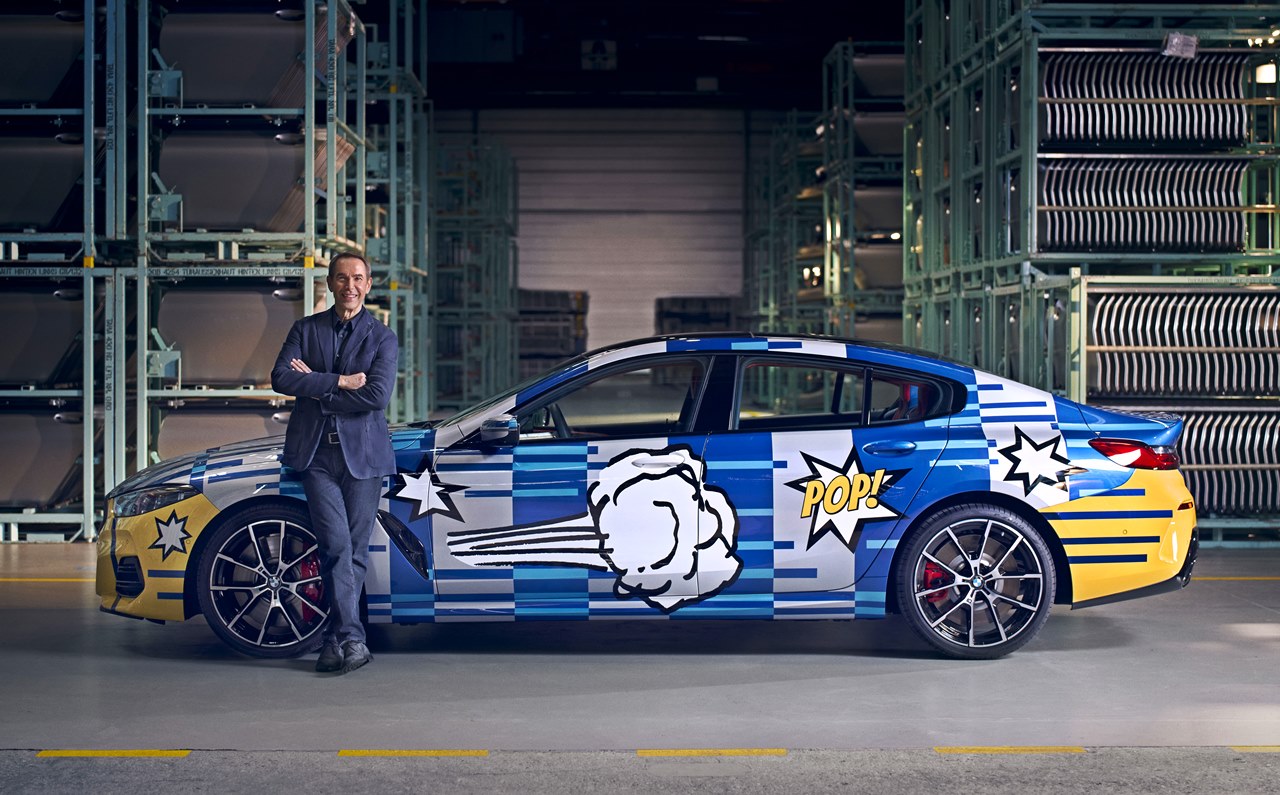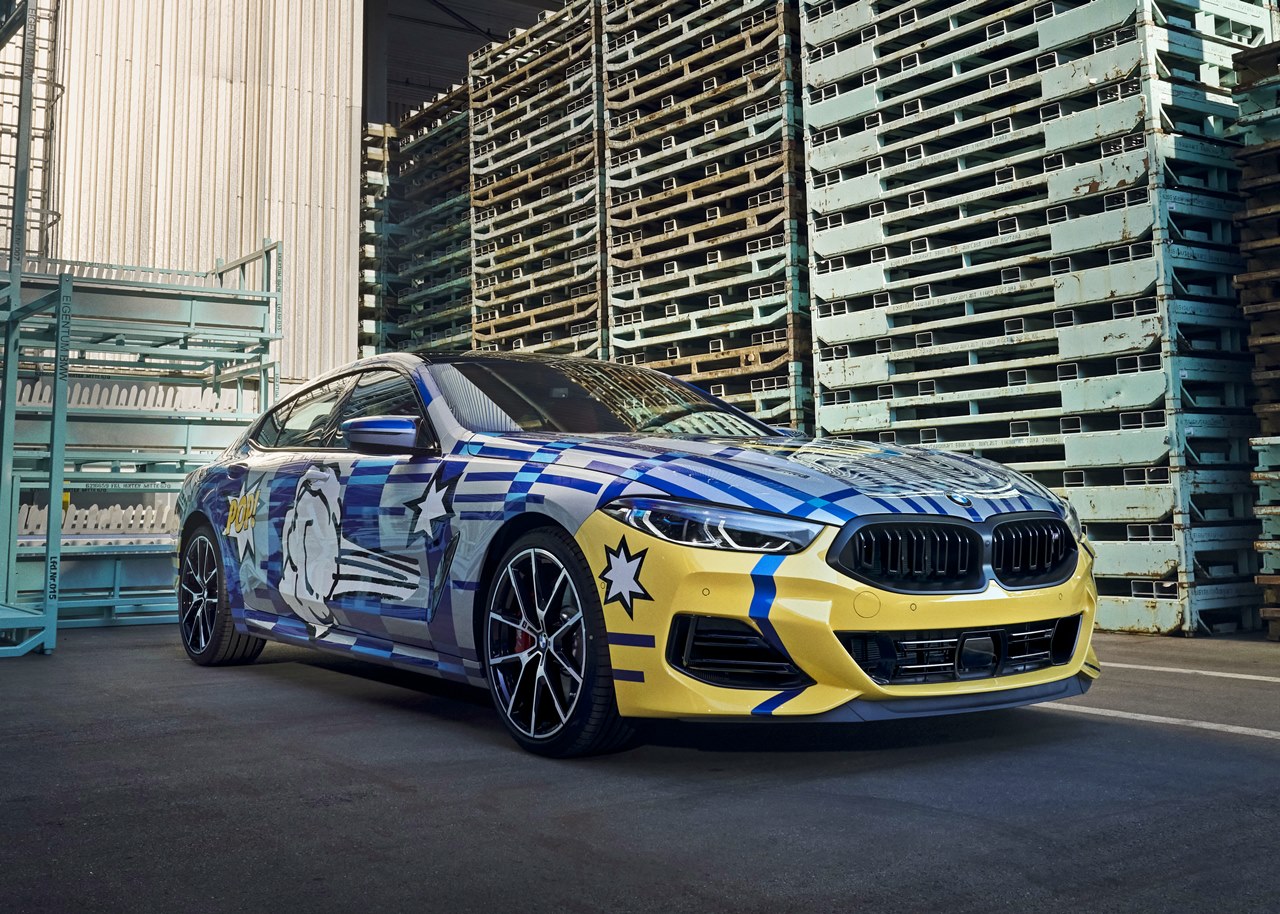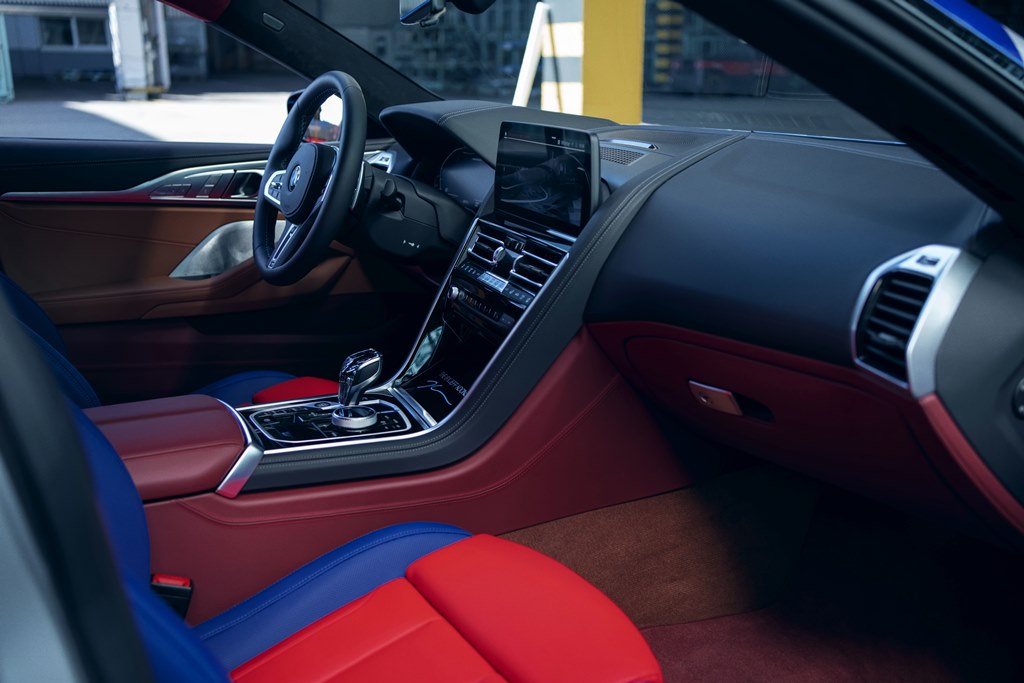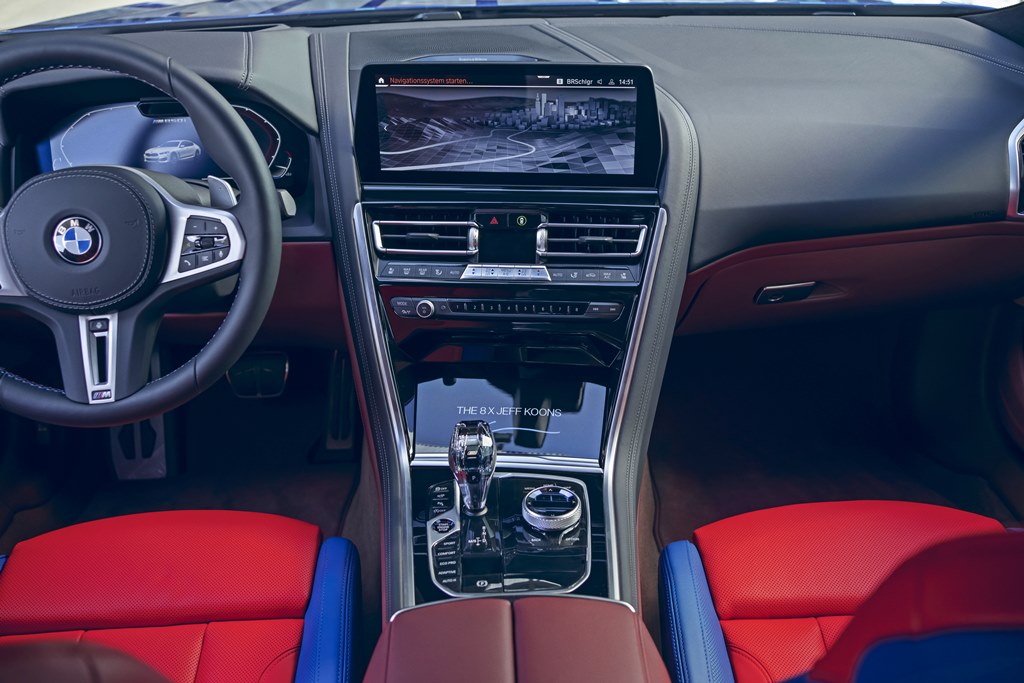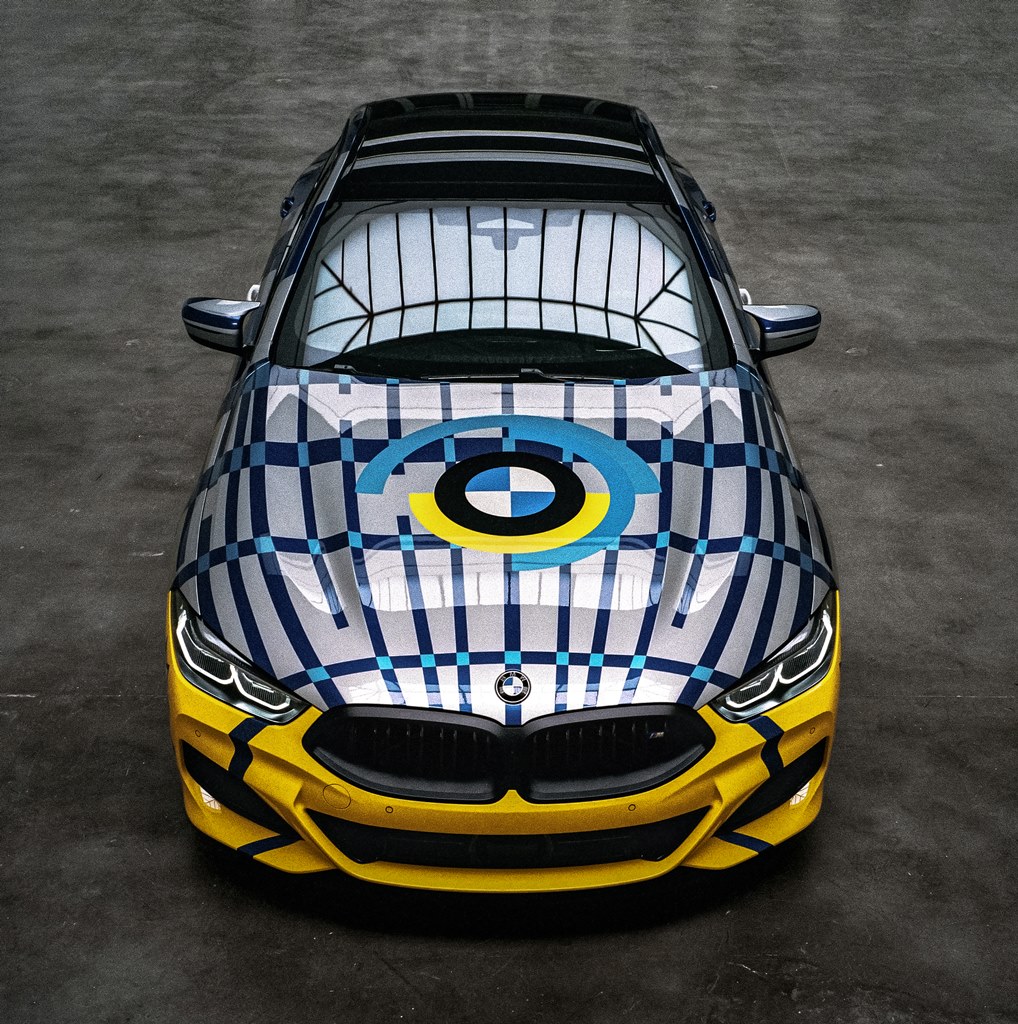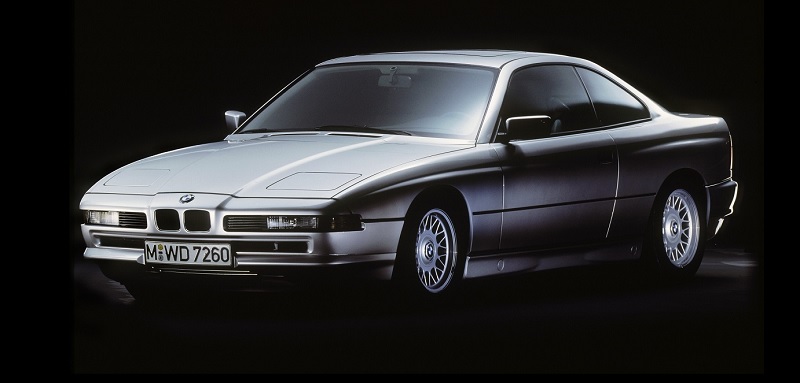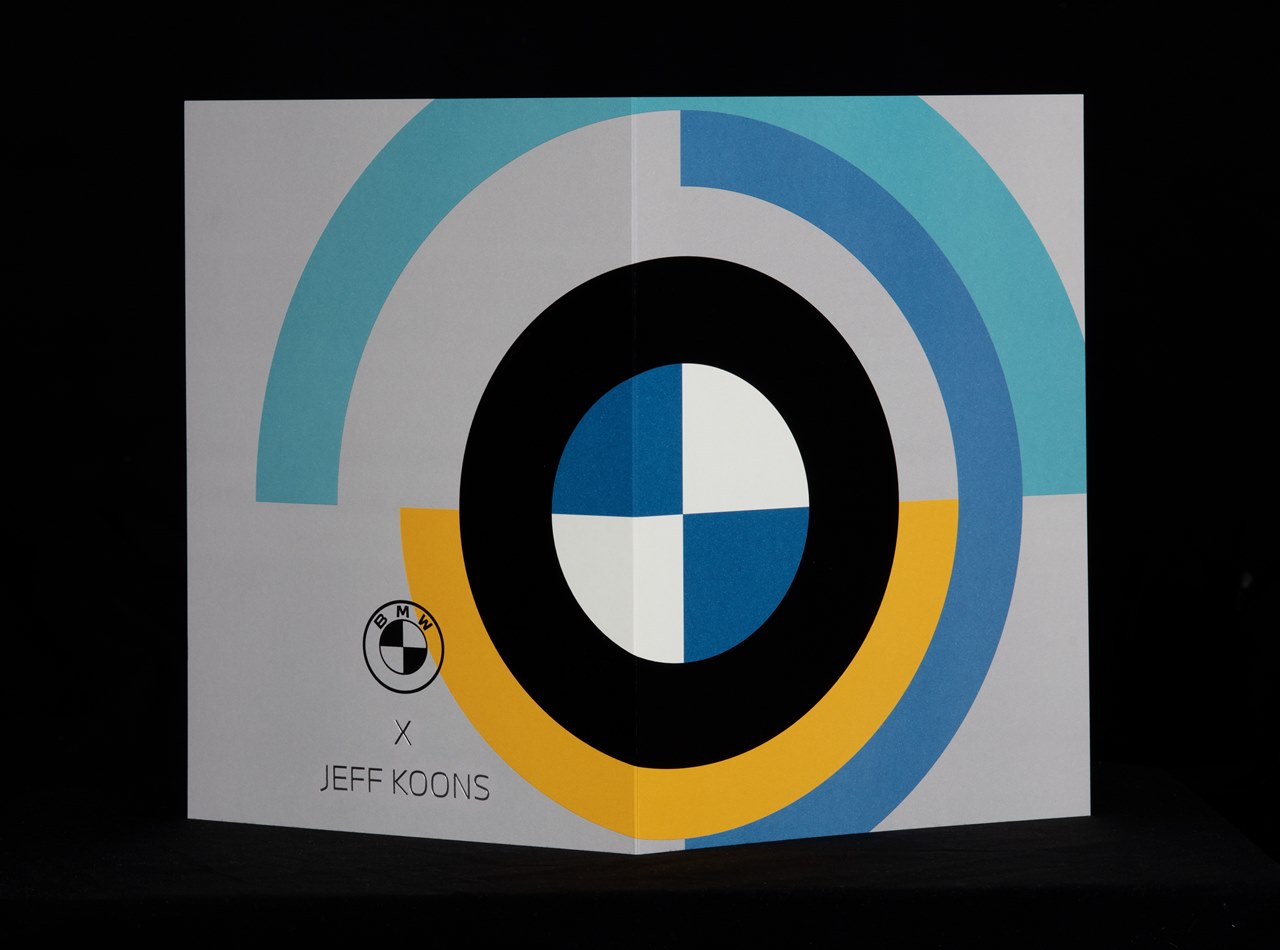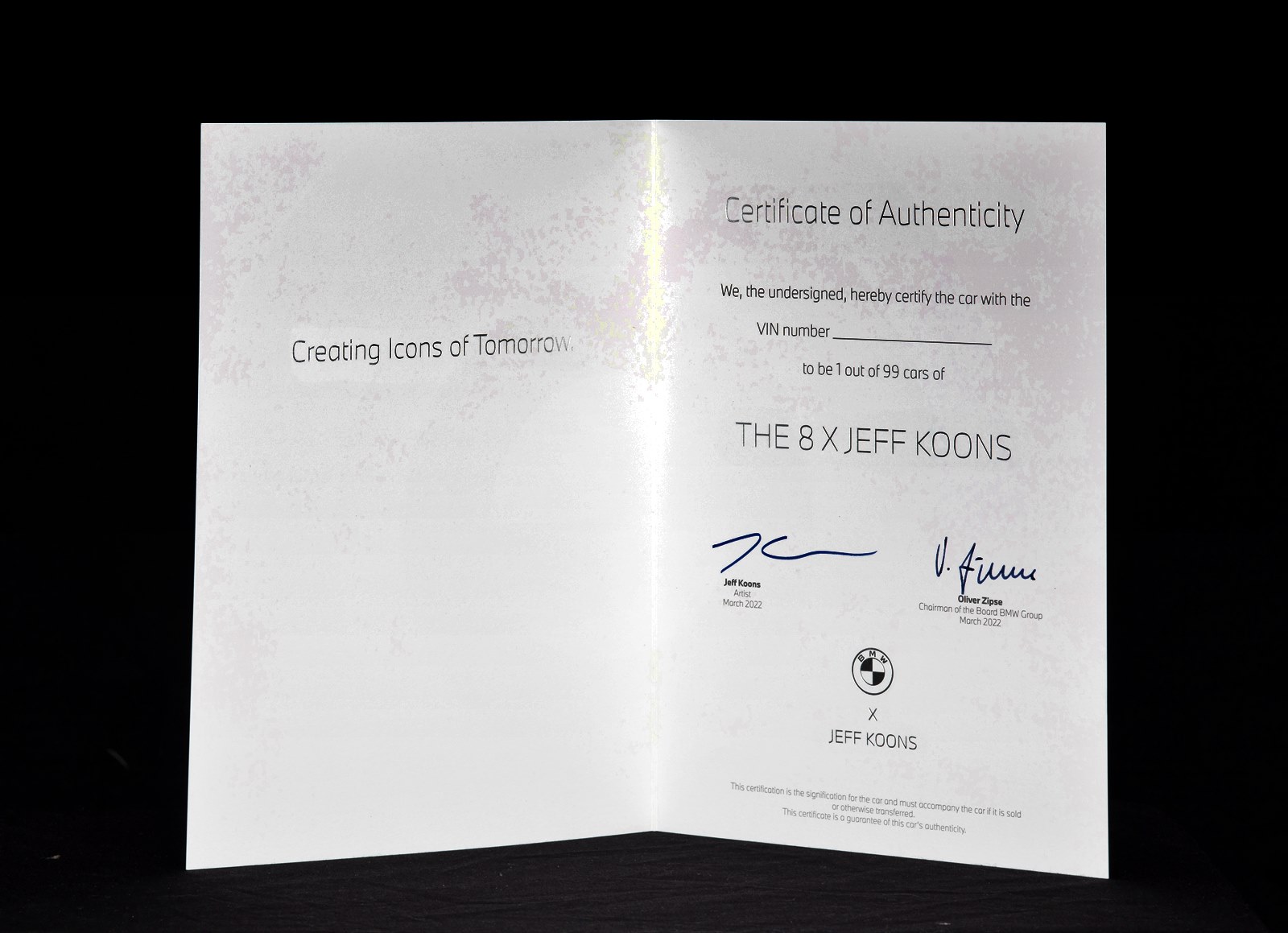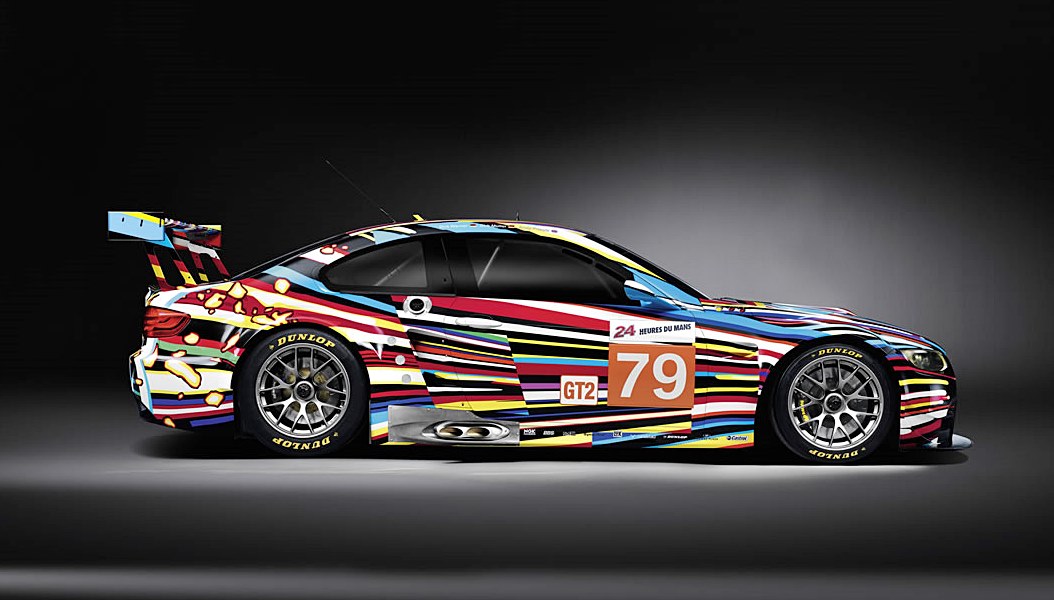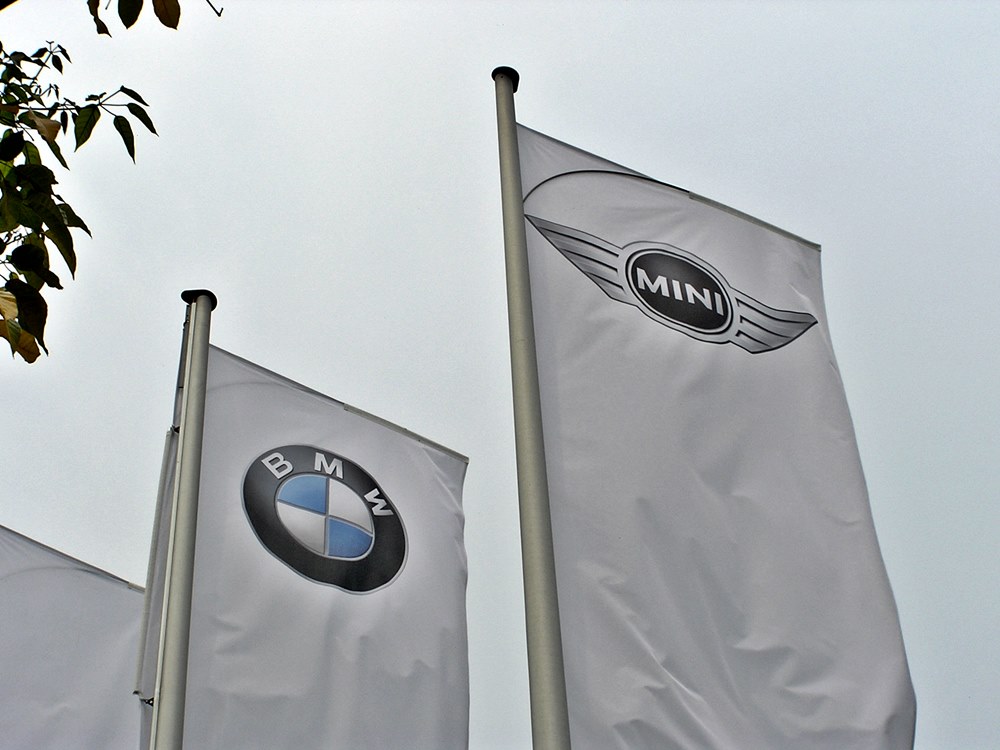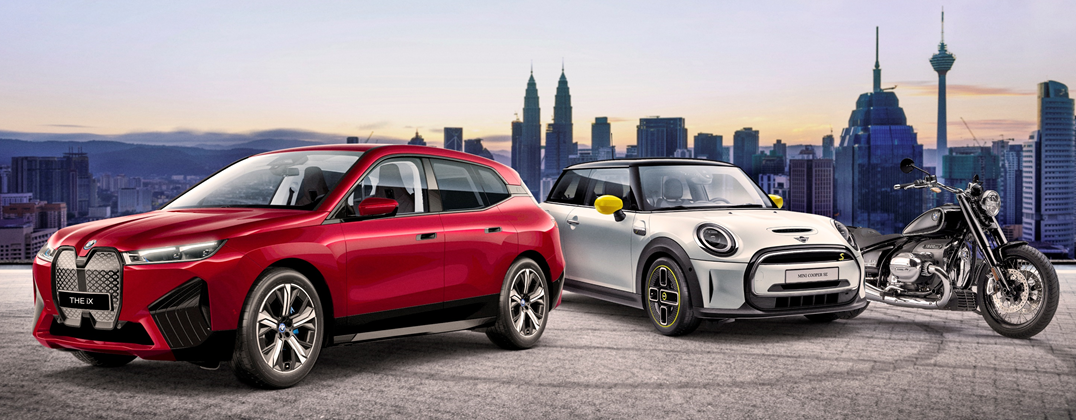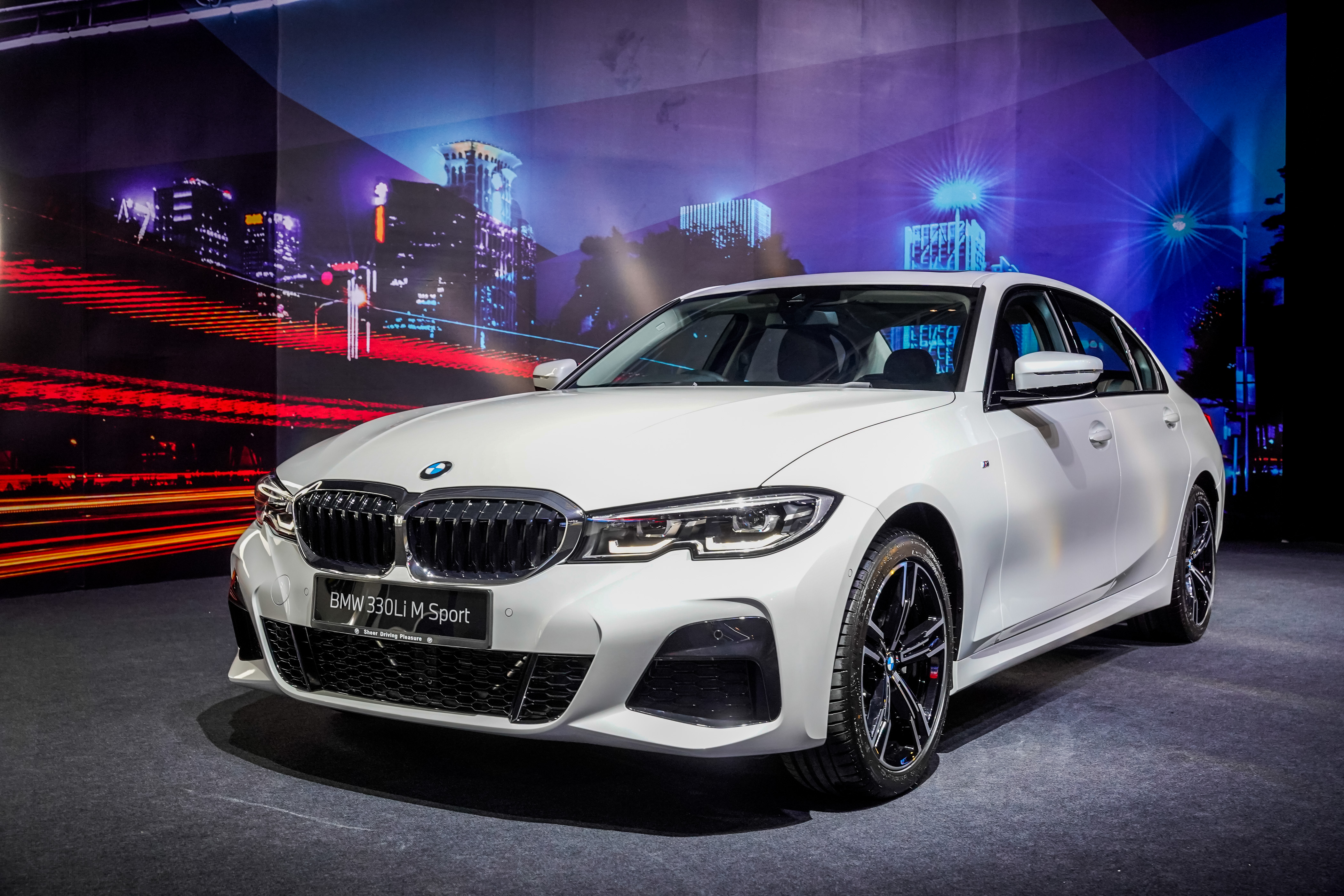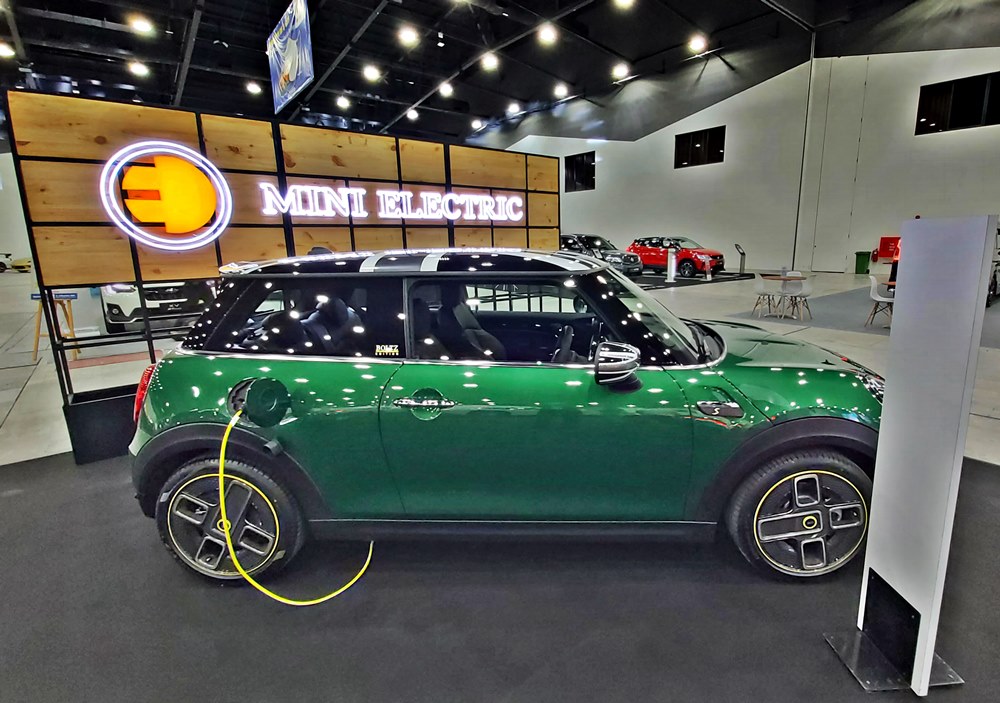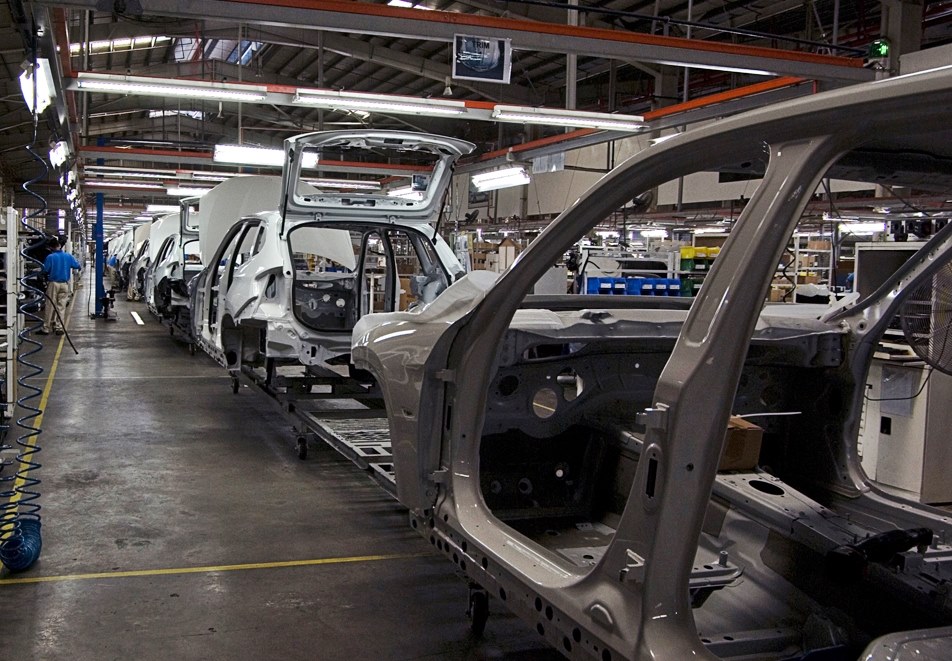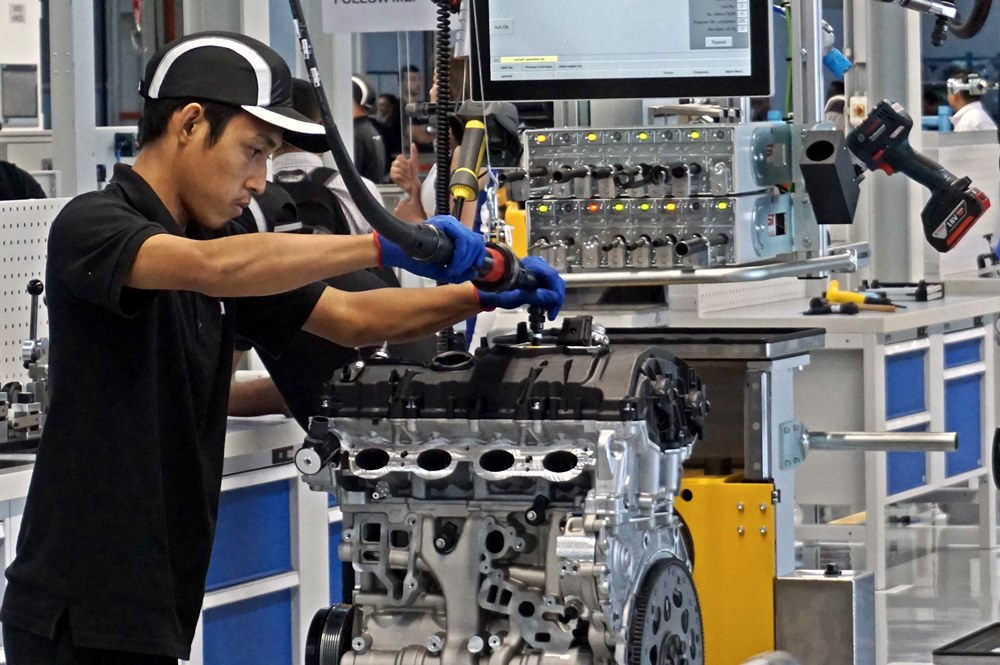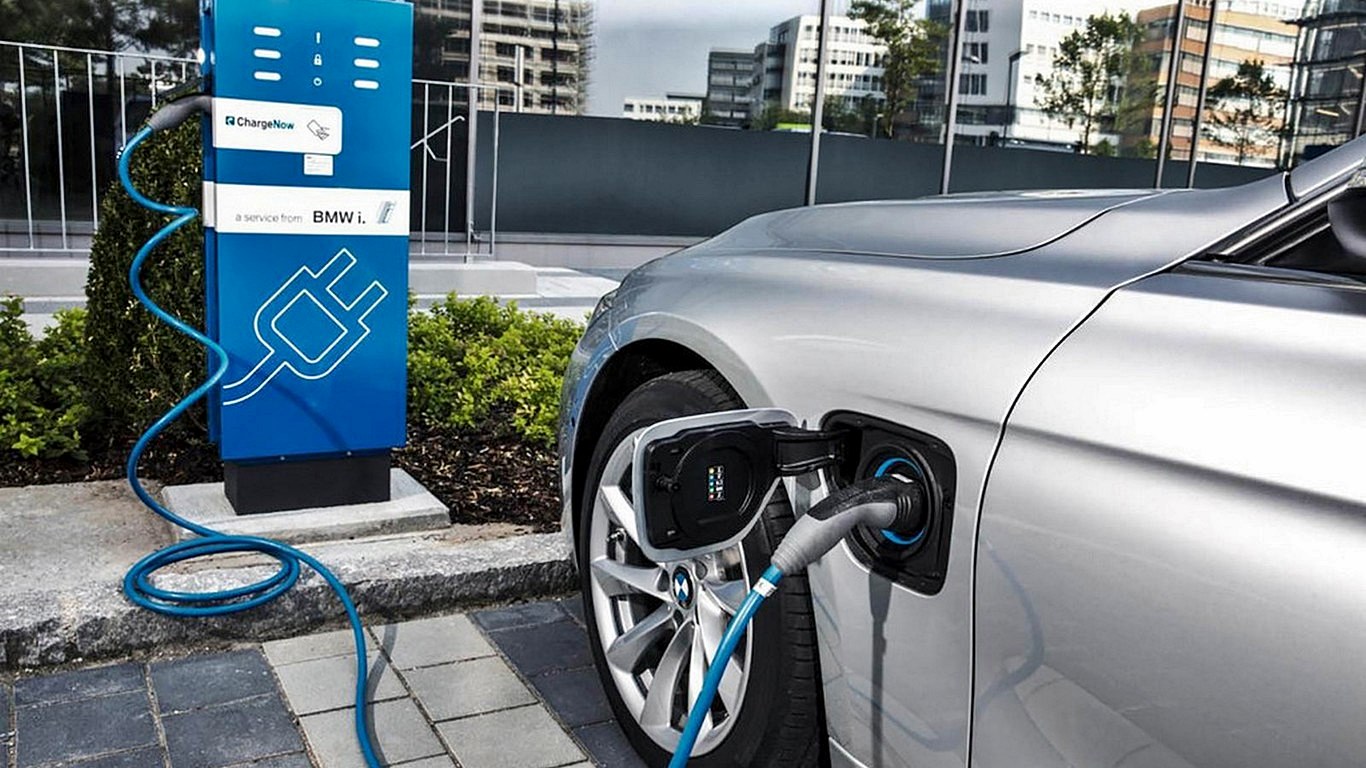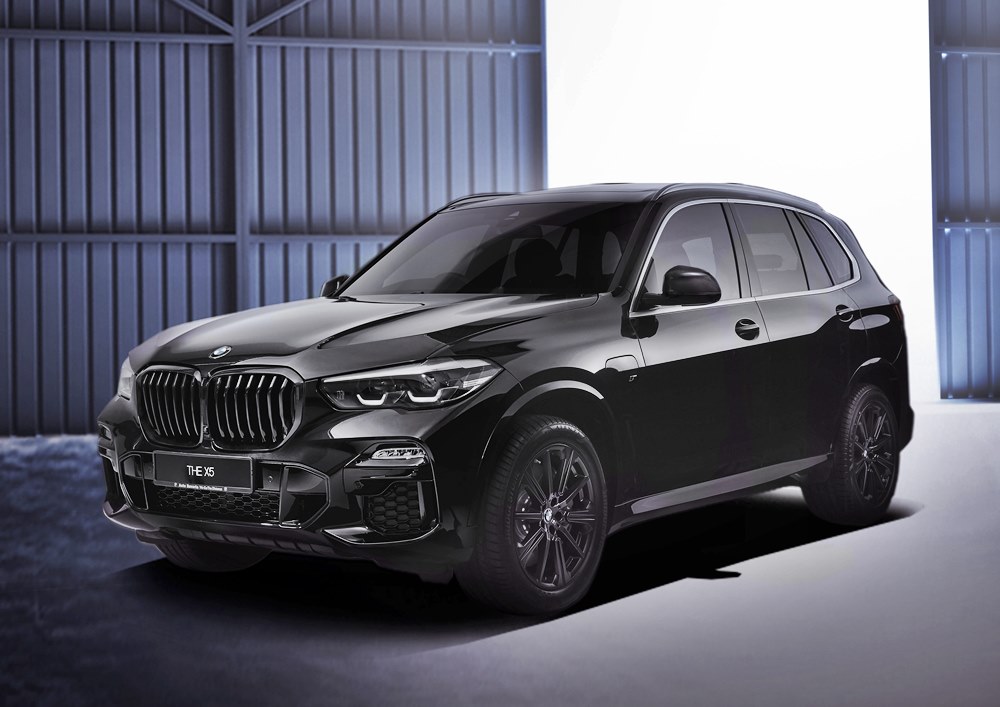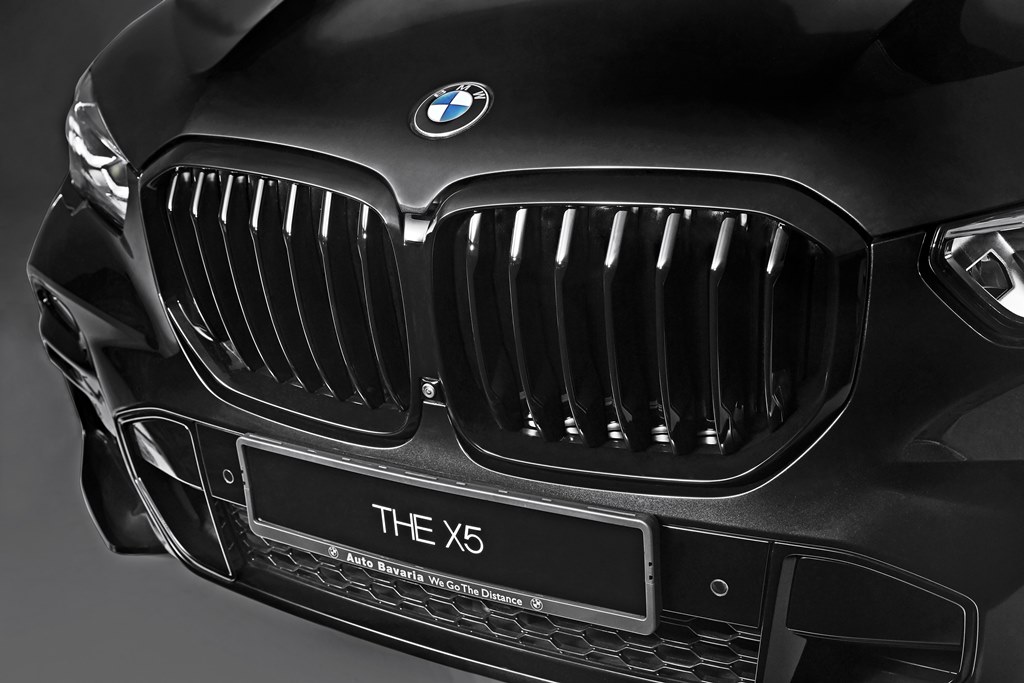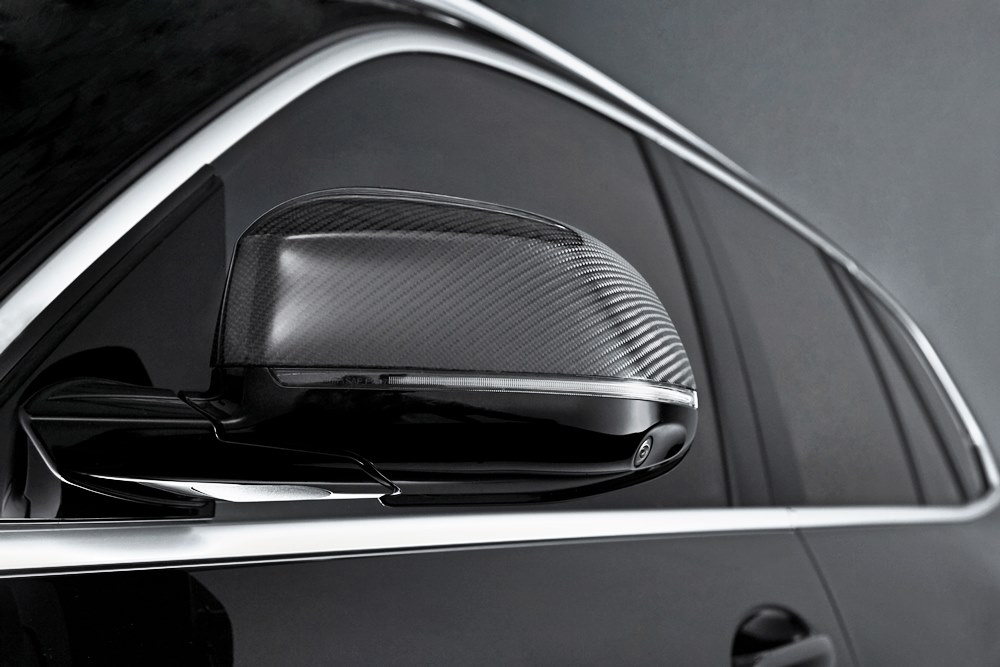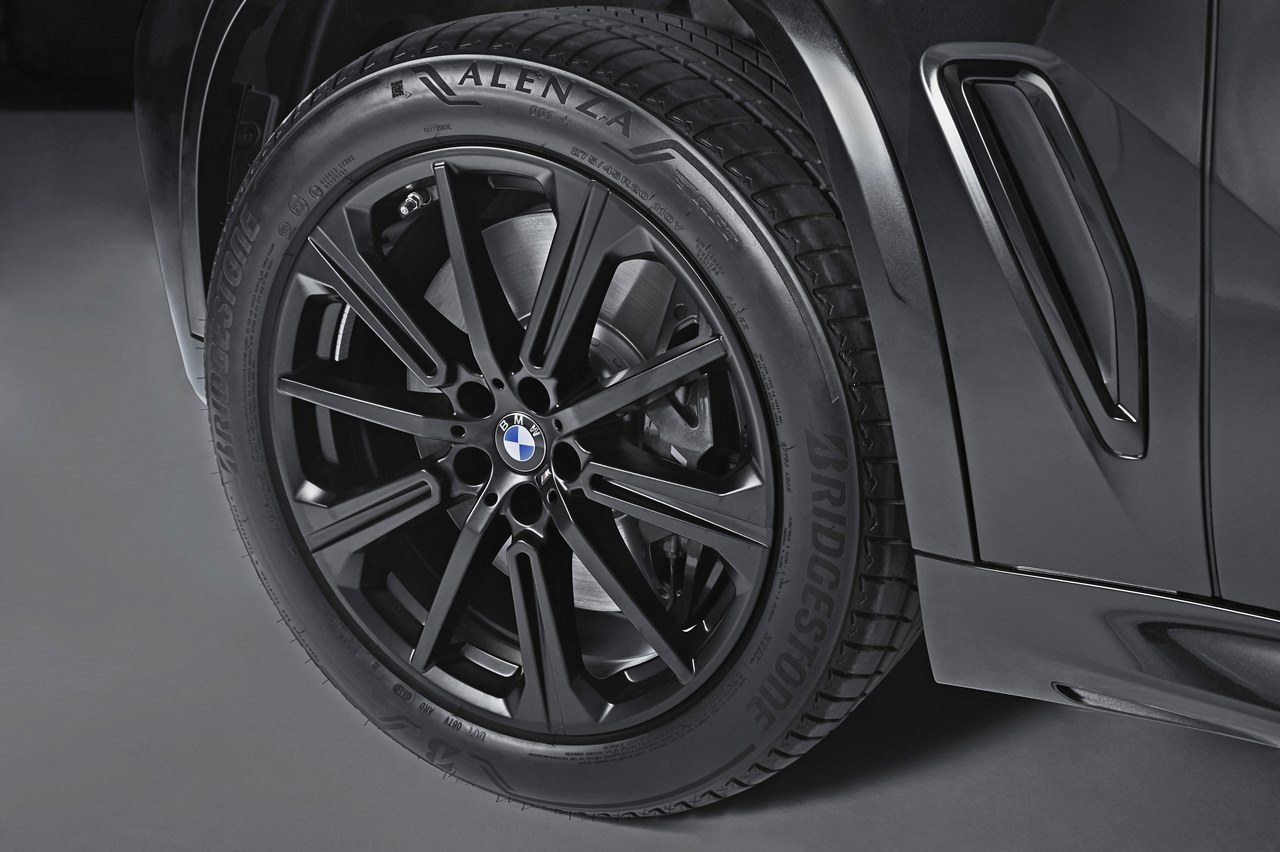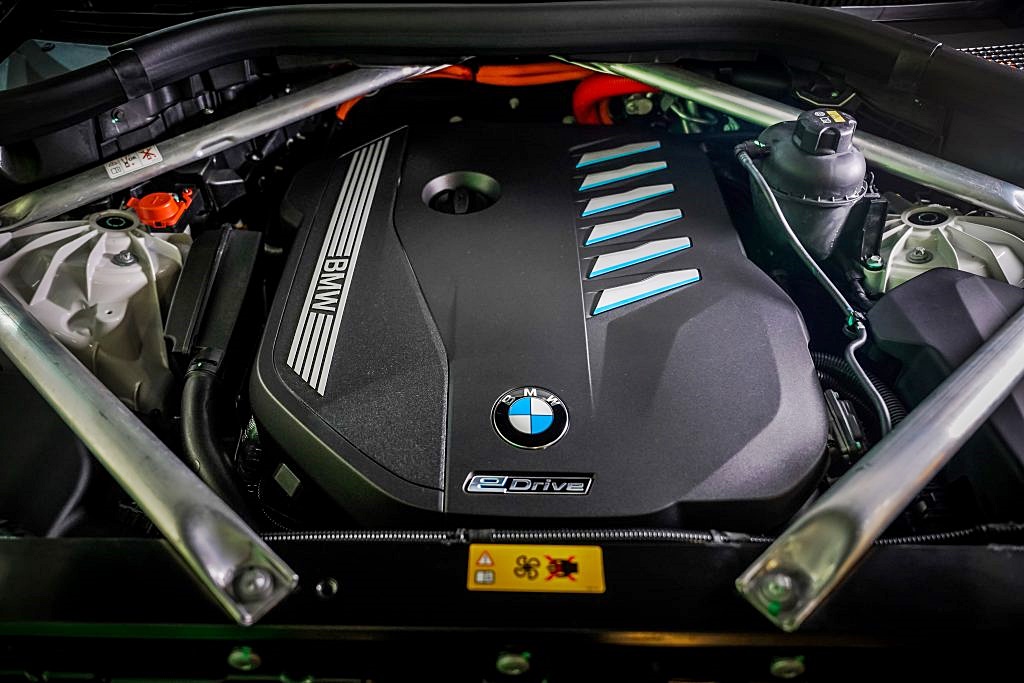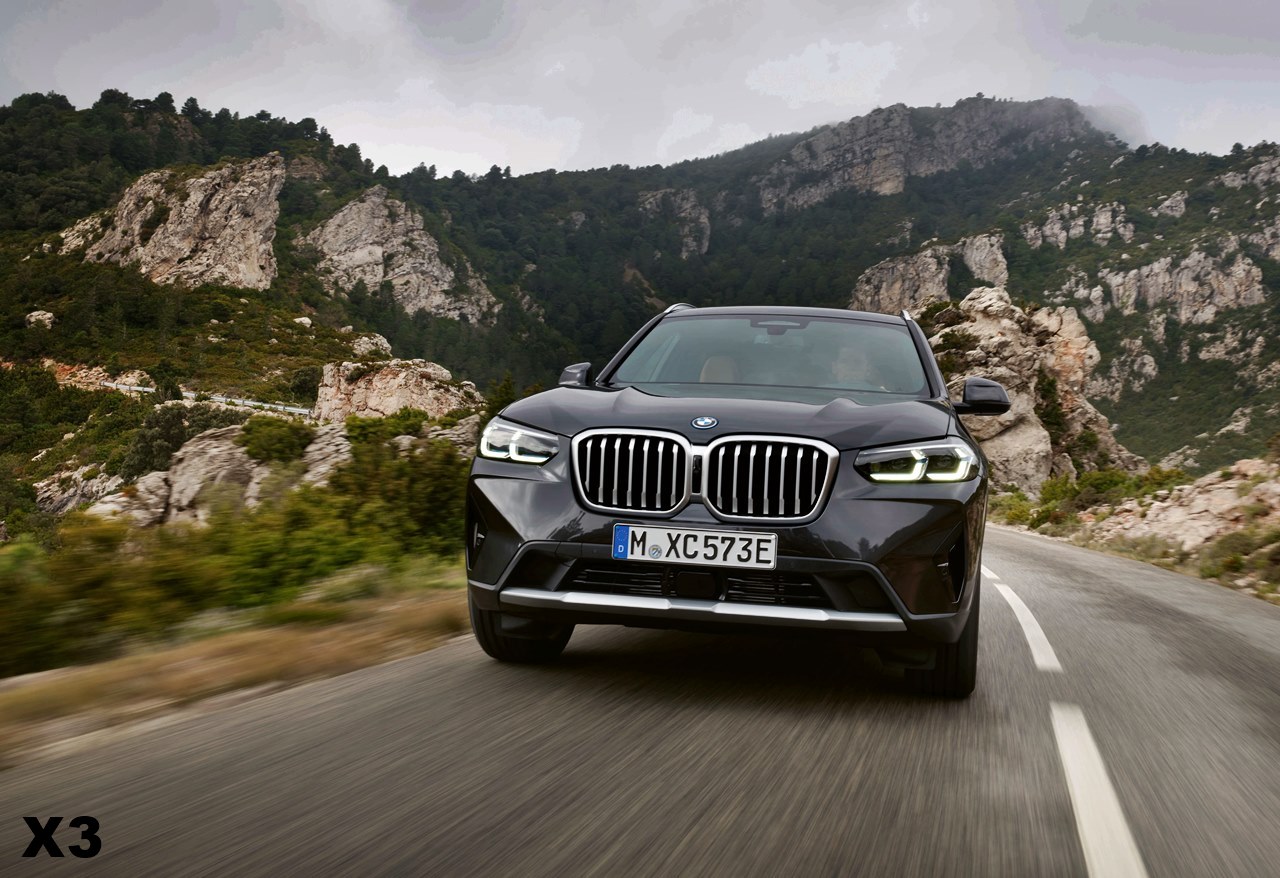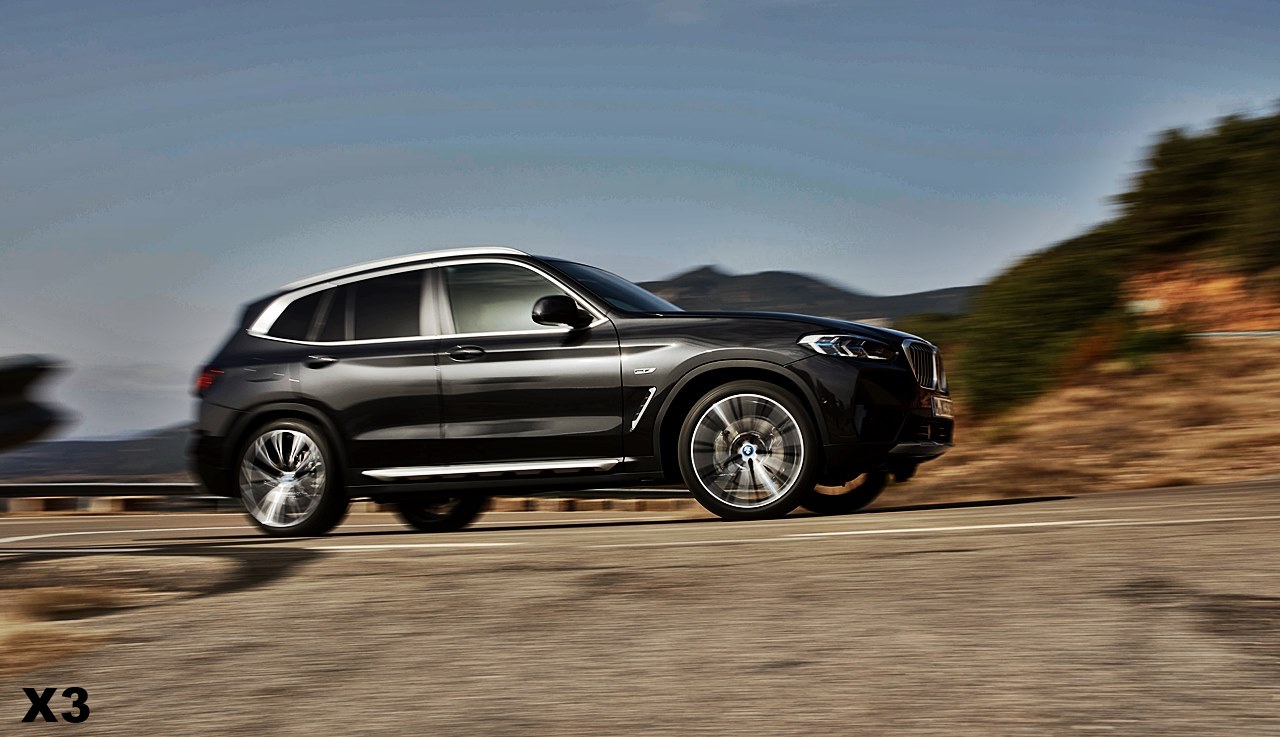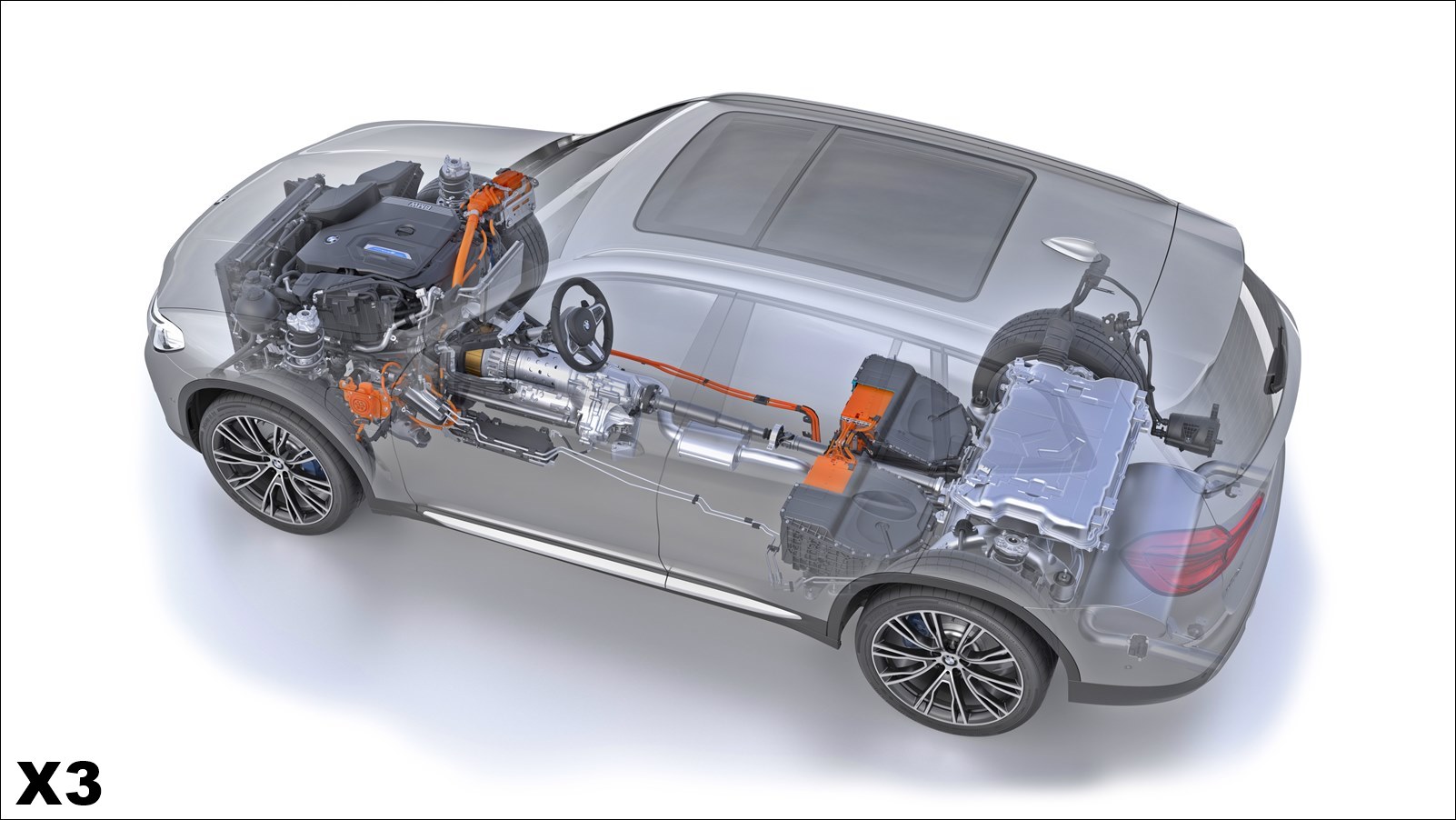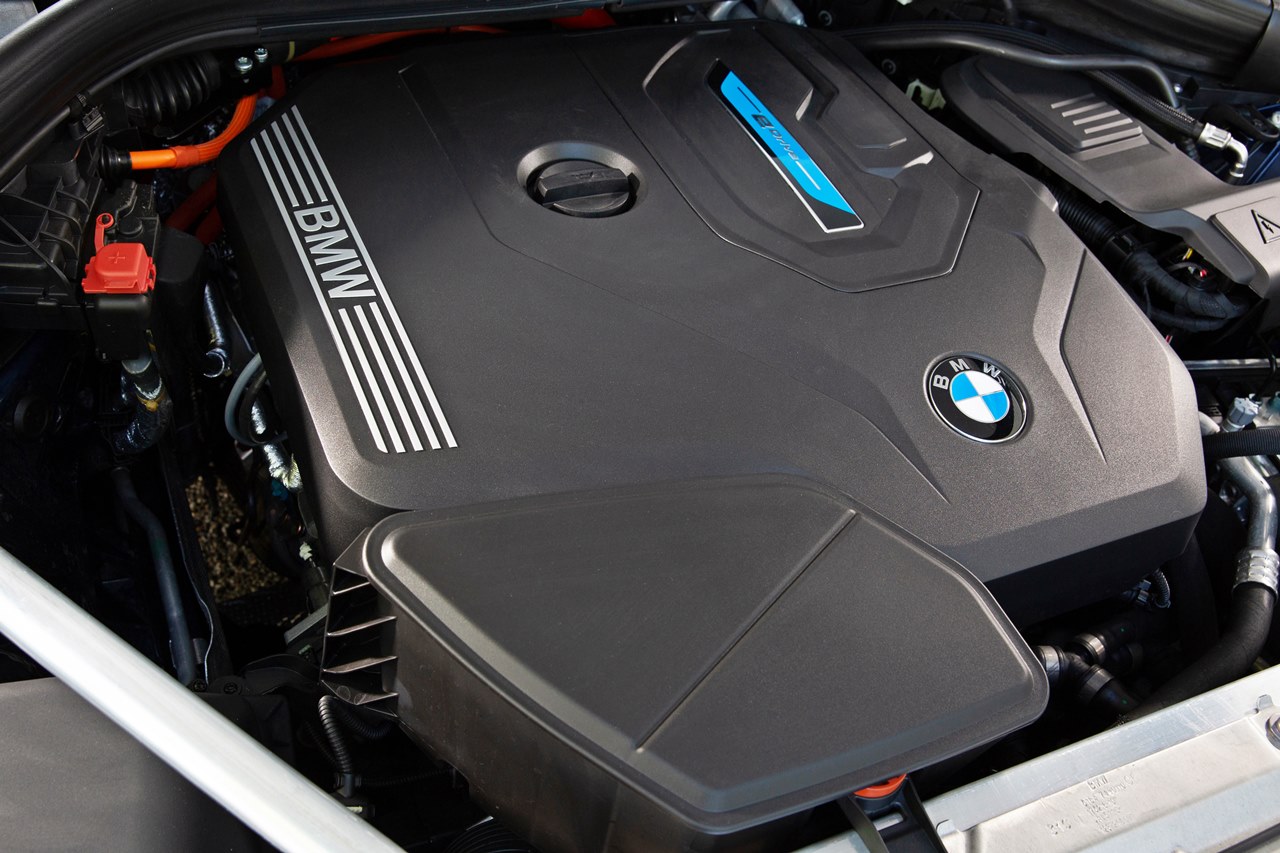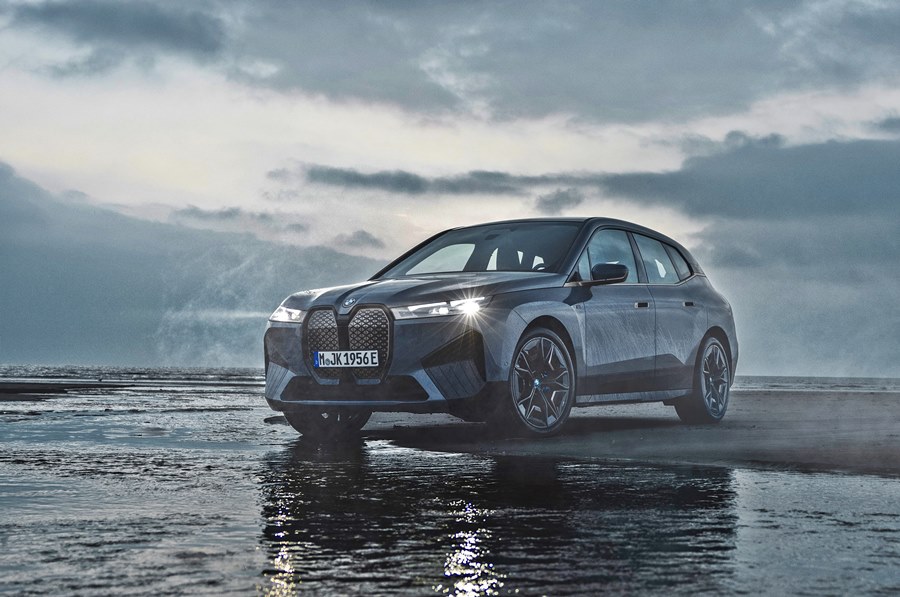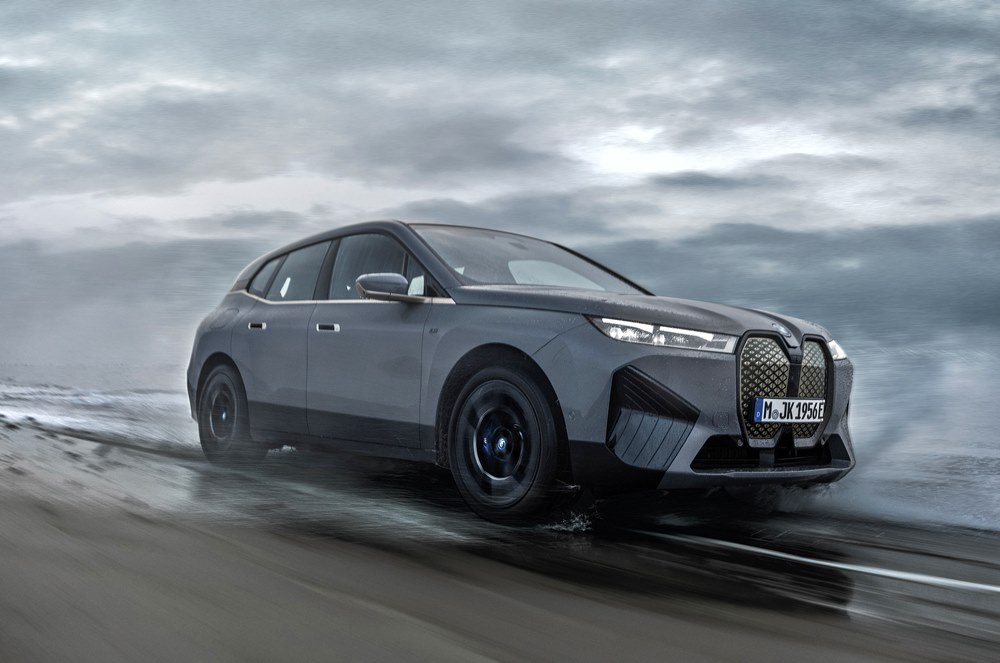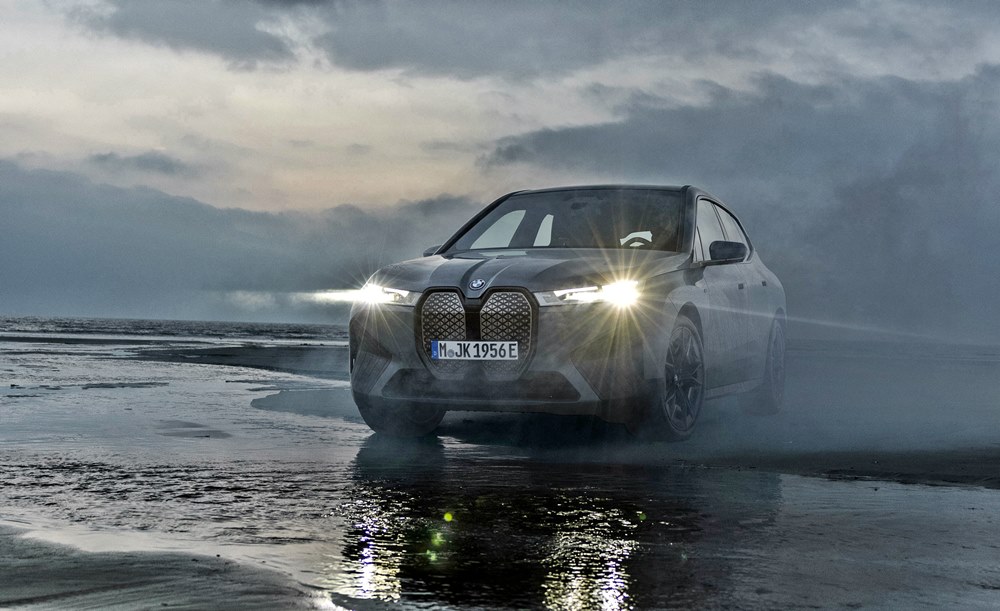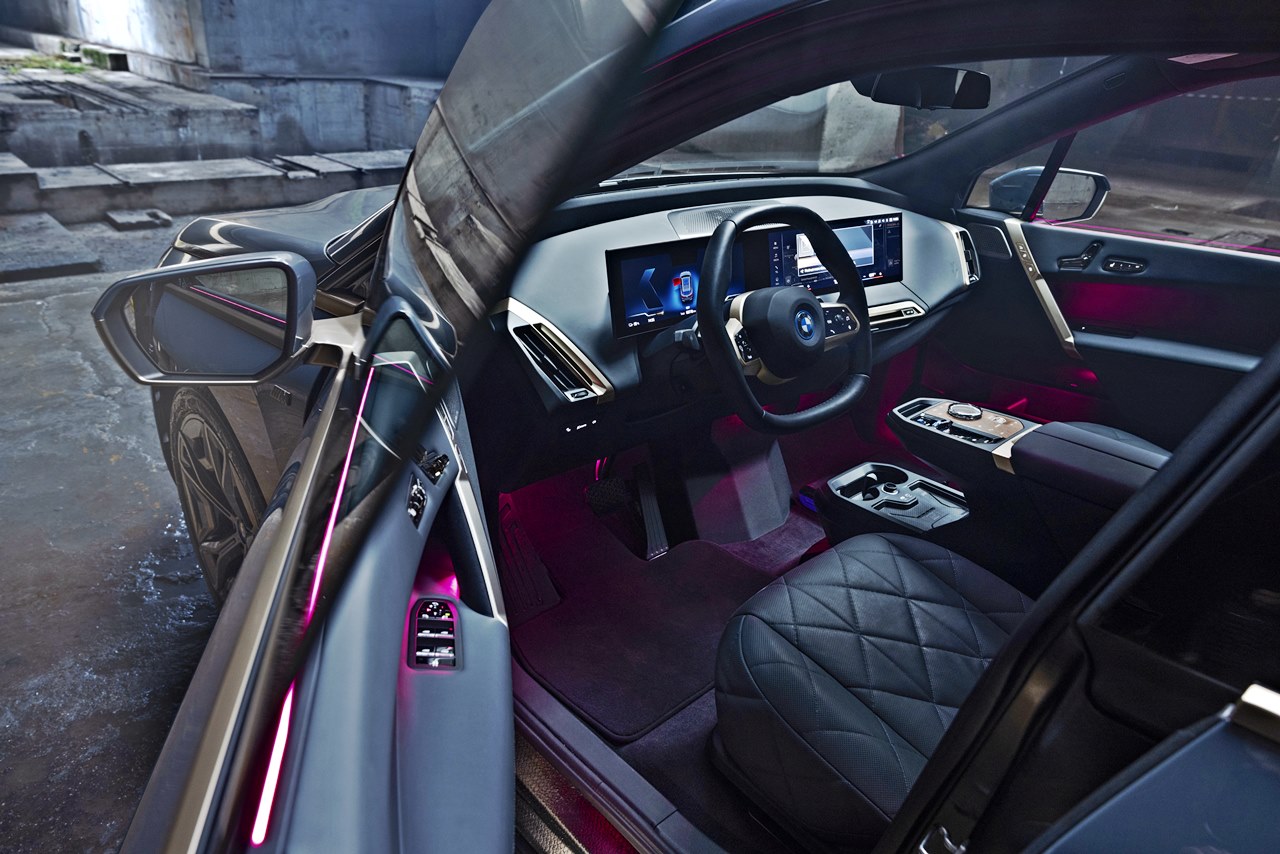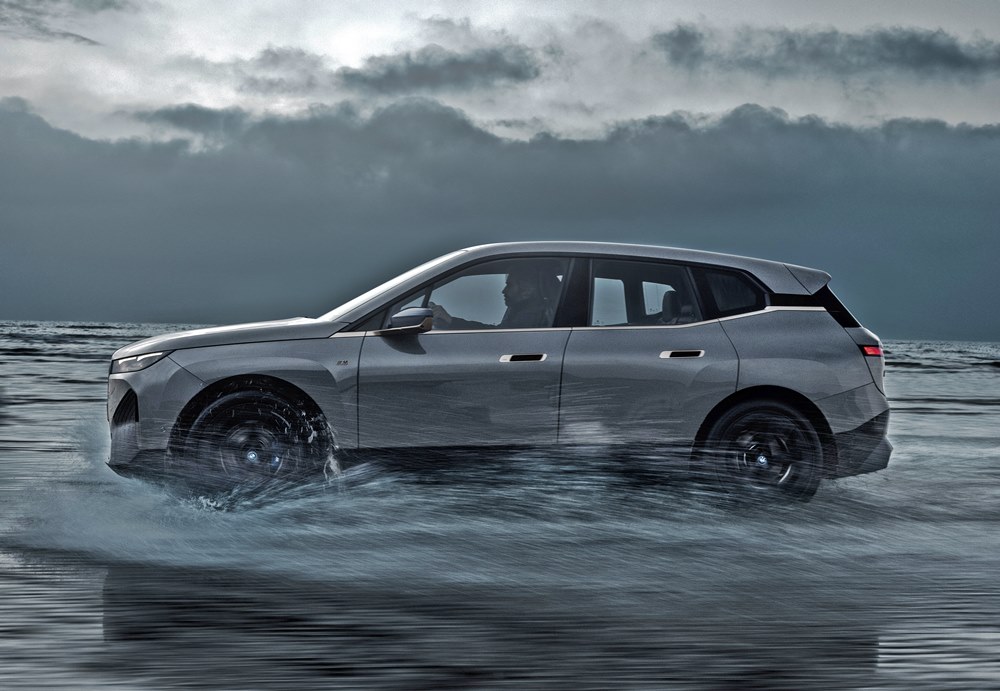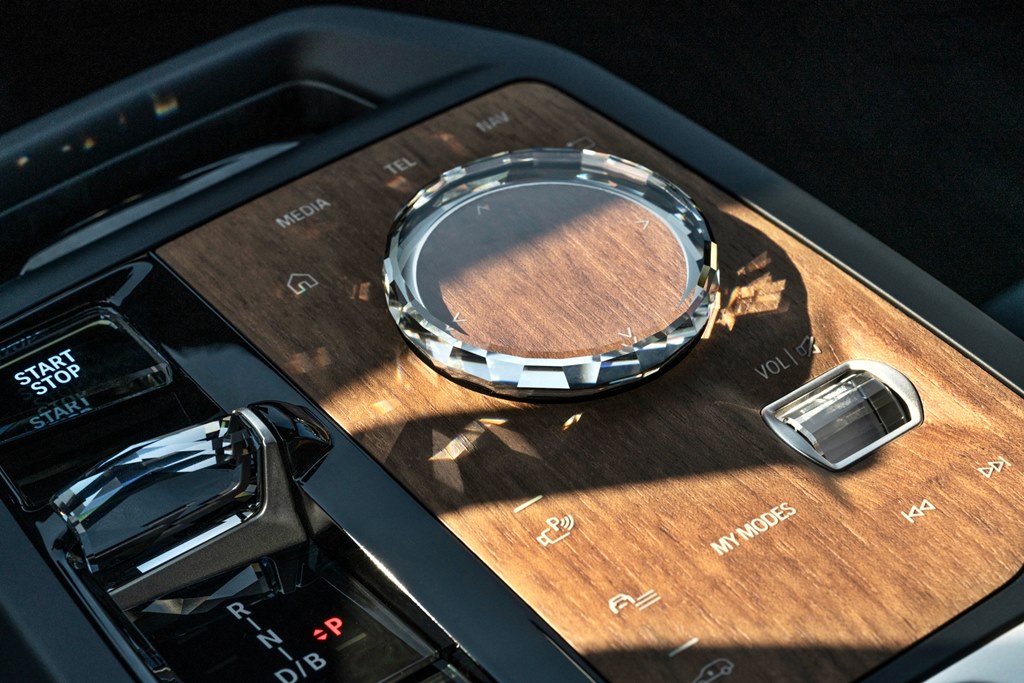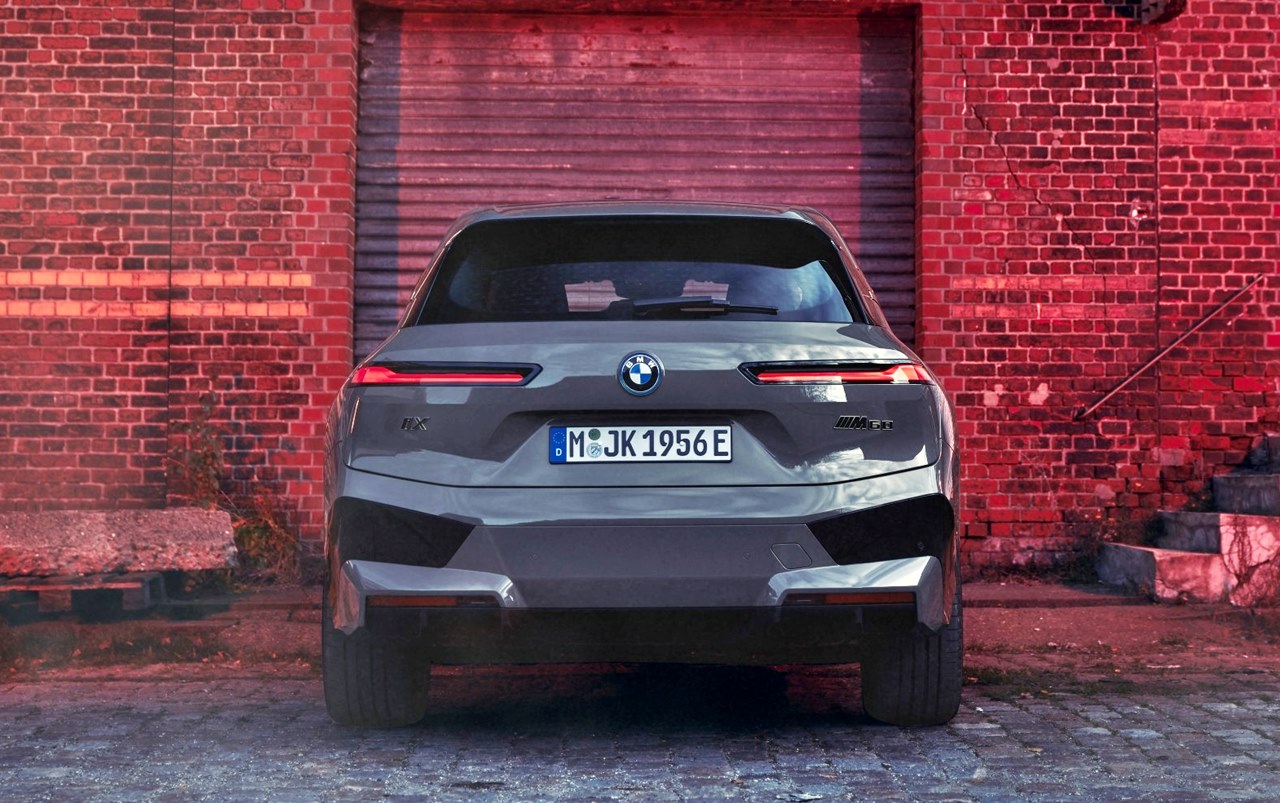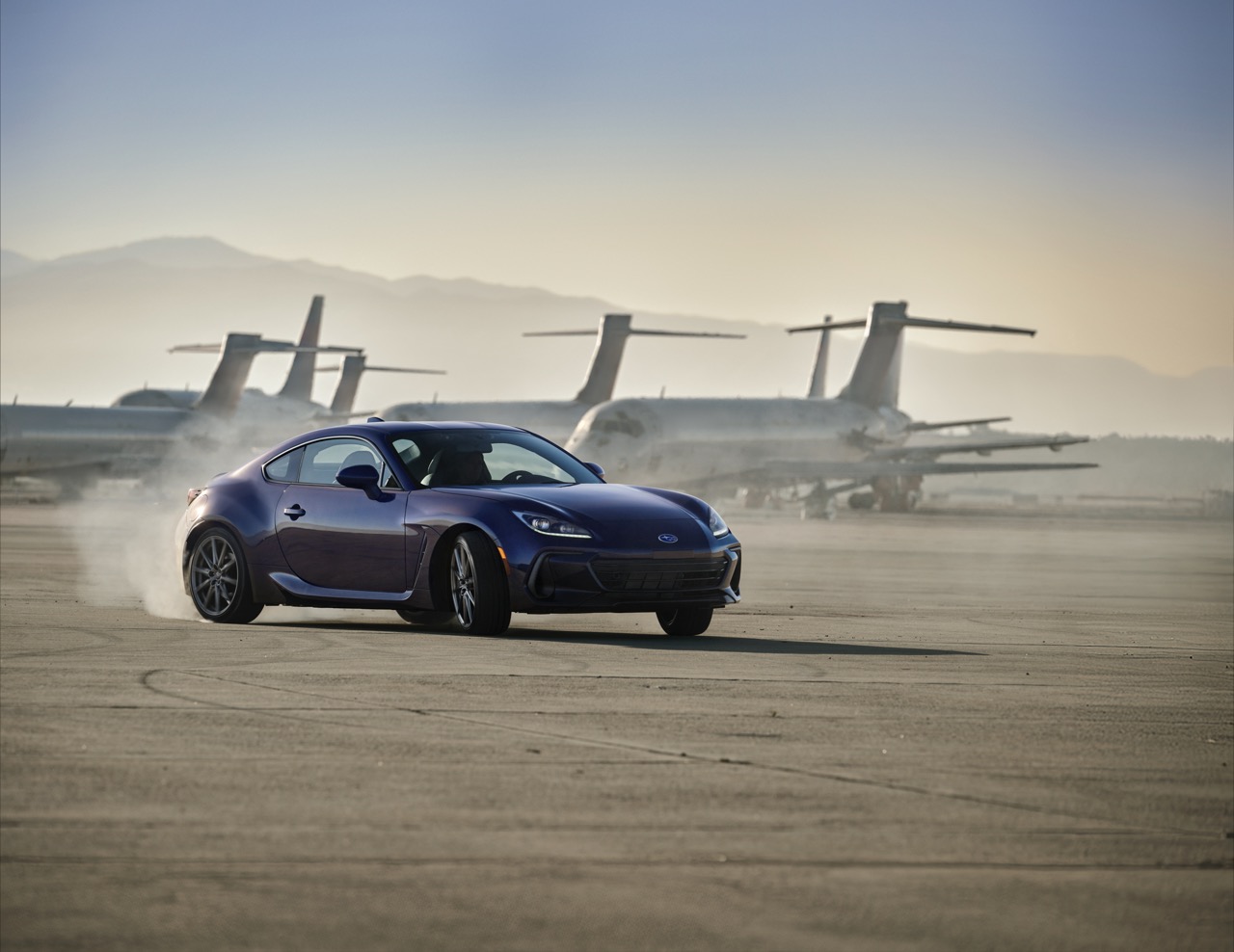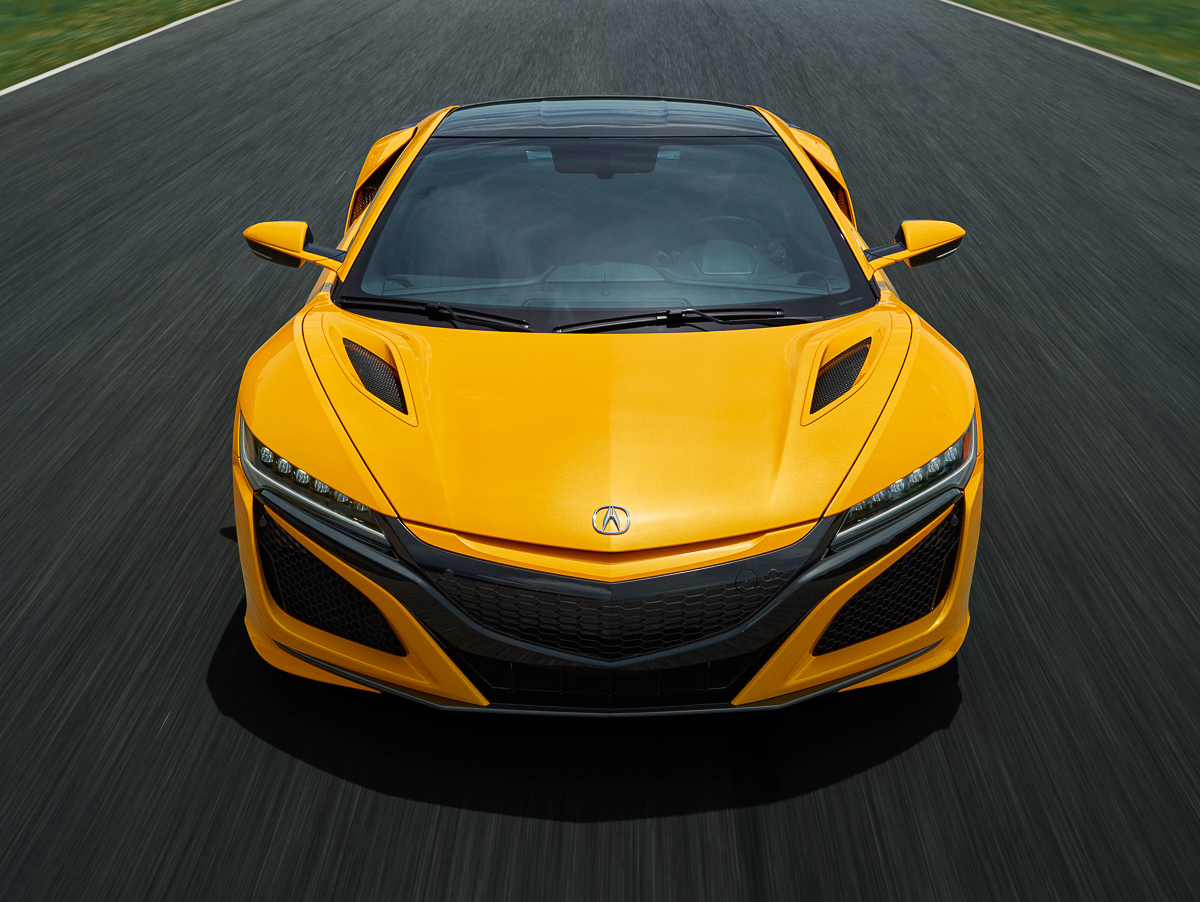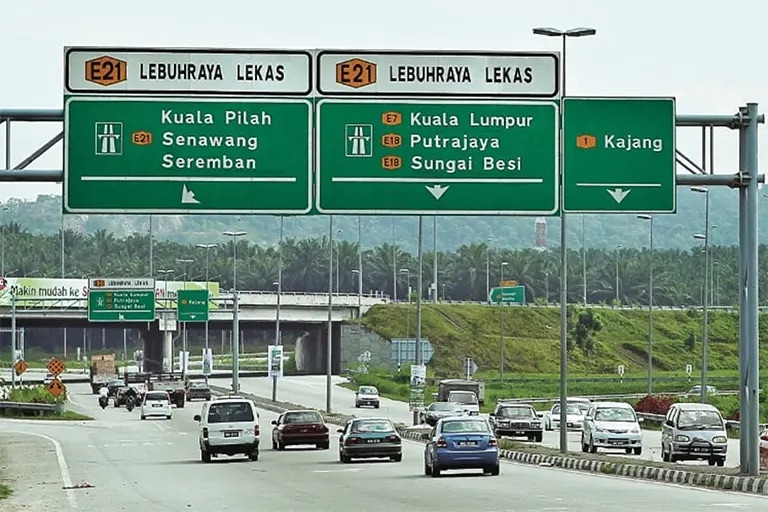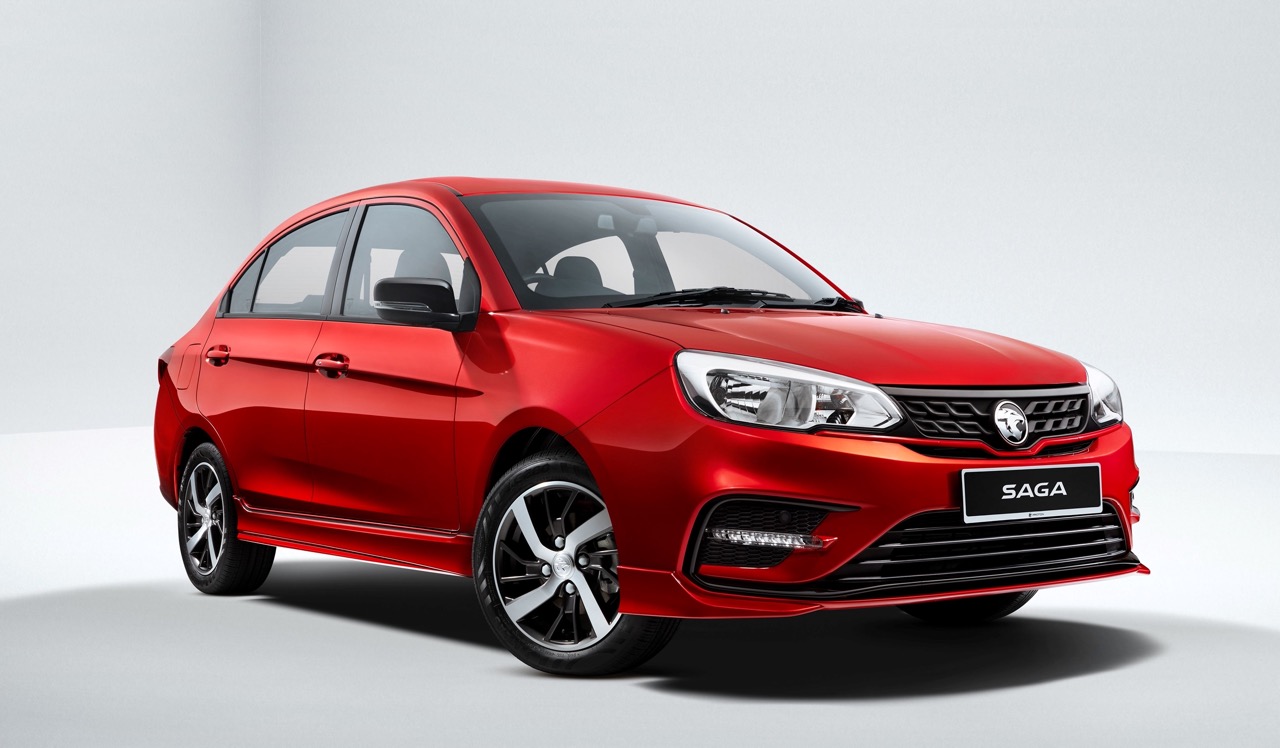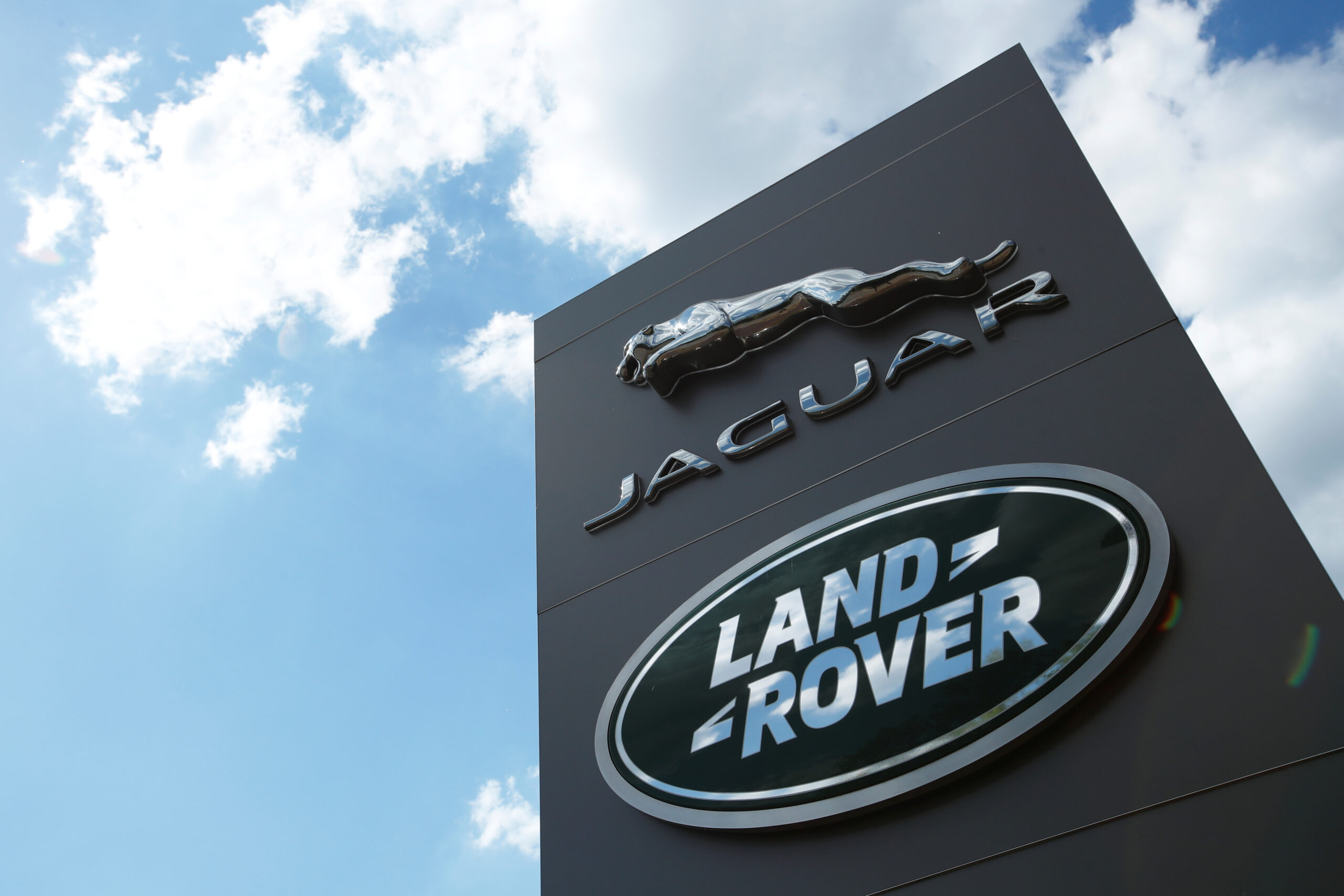BMW’s largest SUV, the X7 (G07), has received an update after 4 years in the market (3 years in Malaysia) and it comes with a new frontal appearance that we should be seeing on the next generation of the 7-Series which will make its debut very soon.
The main feature of the new look is the split headlight design that is a key element in BMW’s new design language. This is the first time that split headlight units have been employed for DRLs (which also function as turn indicators) as well as main beams. The low-beam/high-beam headlights are separate LED units below the DRLs. The headlights have adaptive matrix capability to customise the spread of light for maximum illumination without dazzling oncoming drivers.
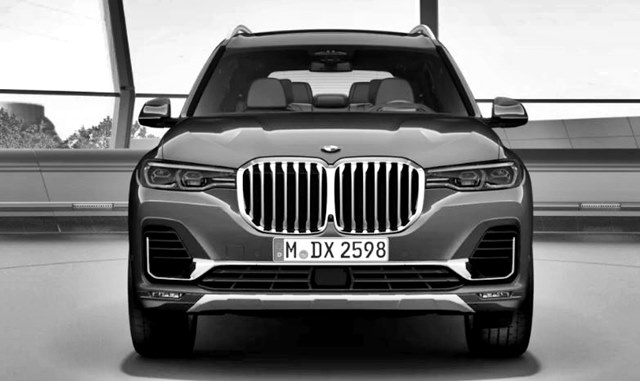
The updated front-end also has an ‘Iconic Glow’ kidney grille with understated cascade lighting for the two grille elements. The illumination is activated when one of the doors is opened and while on the move (but it be switched off if not desired). At the rear, the L-shaped light strips are said to generate significantly greater intensity so they can double up as brake lights and the light units can therefore be kept extremely slim.
Within the huge bodyshell of the X7, the three rows of seats have new seat surfacing and bolder colour combinations. For most variants, there is a sport leather steering wheel with shifter paddles, 4-zone automatic climate control, ambient lighting, panoramic glass sunroof, Harman/Kardon audio, heated comfort seats for the driver and front passenger and Comfort Access.
As with some other models in this class, the dashboard is dominated by displays. In the case of the X7, the BMW Curved Display is made up of a 12.3-inch information display behind the steering wheel and a control display with a 14.9-inch screen. The two screens, which extend to two-thirds of the width. merge into one high-resolution display unit behind a single glass surface. While the panel orientation is curved towards the driver, the front passenger can also view the screen and operate the iDrive 8 system.
The dashboard surface is now made from Sensafin, a high-quality, vegan surface material with leather-like properties has exclusive three-dimensional quilting and surface perforation.
The instrument panel has an extremely slim form, its horizontal structure emphasising the width of the interior. A new ambient light bar makes its debut below the interior trim strip in the front passenger area. It has a crystalline surface structure and effective backlighting with the use of LED units. The light distribution, brightness and colour for the interior illumination can be configured with a choice of 15 colours.
With all seats in use, there’s 326 litres of cargo volume and depending on whether the second and third row are folded down, the capacity can be expanded to a maximum 2,120 litres. To simplify loading, the standard air suspension can be lowered at the touch of a button. The tailgate is split, with both sections opening and closing automatically. The advantage of this 2-section tailgate is that you don’t need to always raise a large door just to put in smaller items.
The Sky Lounge sunroof is made up of 3 glass section spanning the length of the roof. All the roof elements have an electrically sliding headliner and its 15,000 graphic patterns can generate a display reminiscent of a starlit sky. This is a Starlight Headliner which first appeared in Rolls-Royce models many years ago.
The X7 continues to use a range of engines from the new modular generation of the BMW Group Efficient Dynamics family. However, it remains as a hybrid rather than plug-in hybrid powertrain. The range is headed by a new 4.4-litre petrol V8 for the X7 M60i xDrive. Joining it are newly-developed 3-litre, 6-cylinder in-line units in the petrol X7 xDrive40i and diesel X7 xDrive40d. The current X7 assembled in Malaysia is the xDrive40i variant and it is likely that this will remain the case with the updated version.
The new 3-litre petrol engine of the xDrive40i has been improve in many areas and maximum output has been increased by 47 bhp to 380 bhp, while peak torque rises by 70 Nm to 520 Nm and can be boosted to as much 540 Nm by the 48V mild hybrid system.
The 8-speed Steptronic transmission is a new unit, used for the first time in the X7. Gear transitions are quicker and there’s a Launch Control function as well as a new Sprint function when a quick burst of speed is required. With the Sprint function, the transmission automatically shifts into the lowest usable gear and the powertrain and chassis systems switch to their sportiest settings. For maximum performance, the hybrid system’s electric boost is also activated.
Power goes to all 4 wheels via the efficient and intelligent xDrive system with rear-wheel-drive bias. It uses an electronically controlled multi-plate clutch in the transfer case interlinked with the powertrain and chassis systems to distribute power between the front and rear wheels as required.
The X7 now comes with adaptive two-axle air suspension with electronically controlled dampers as standard. The dampers respond adaptively both to road surface conditions as well as driving style. The various Driving Experience Control modes also give a more sporty or a more comfortable basic damper setting.
Thanks to the link-up with the Dynamic Stability Control (DSC) system, the vehicle load registered by the air suspension sensors can be factored into braking modulation. When the X7 exceeds 140 km/h, or the Driving Experience Control mode is set to Sport, the body is automatically lowered, increasing stability and reducing aerodynamic drag. Ride height can be lowered in 2 stages and by up to 20 mm.





